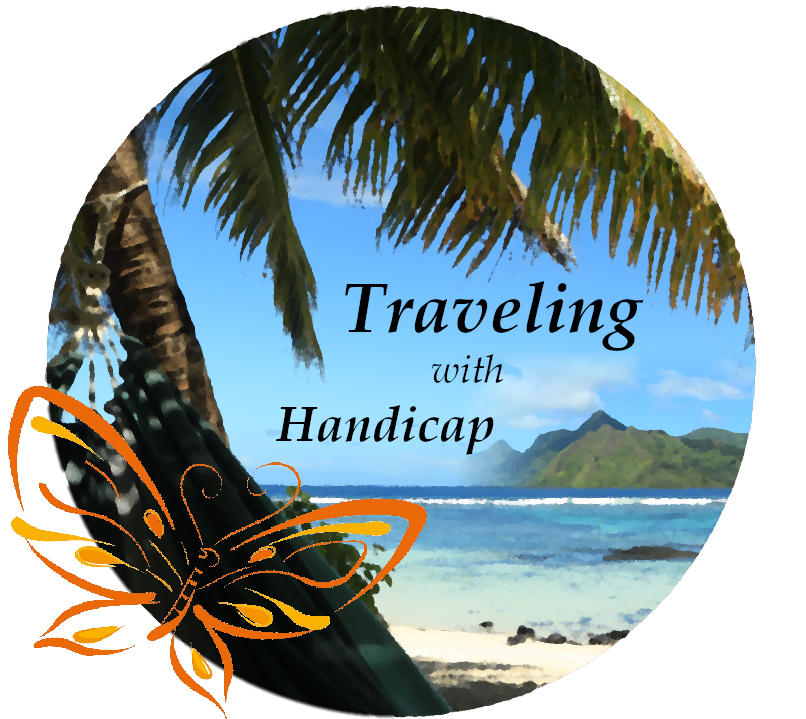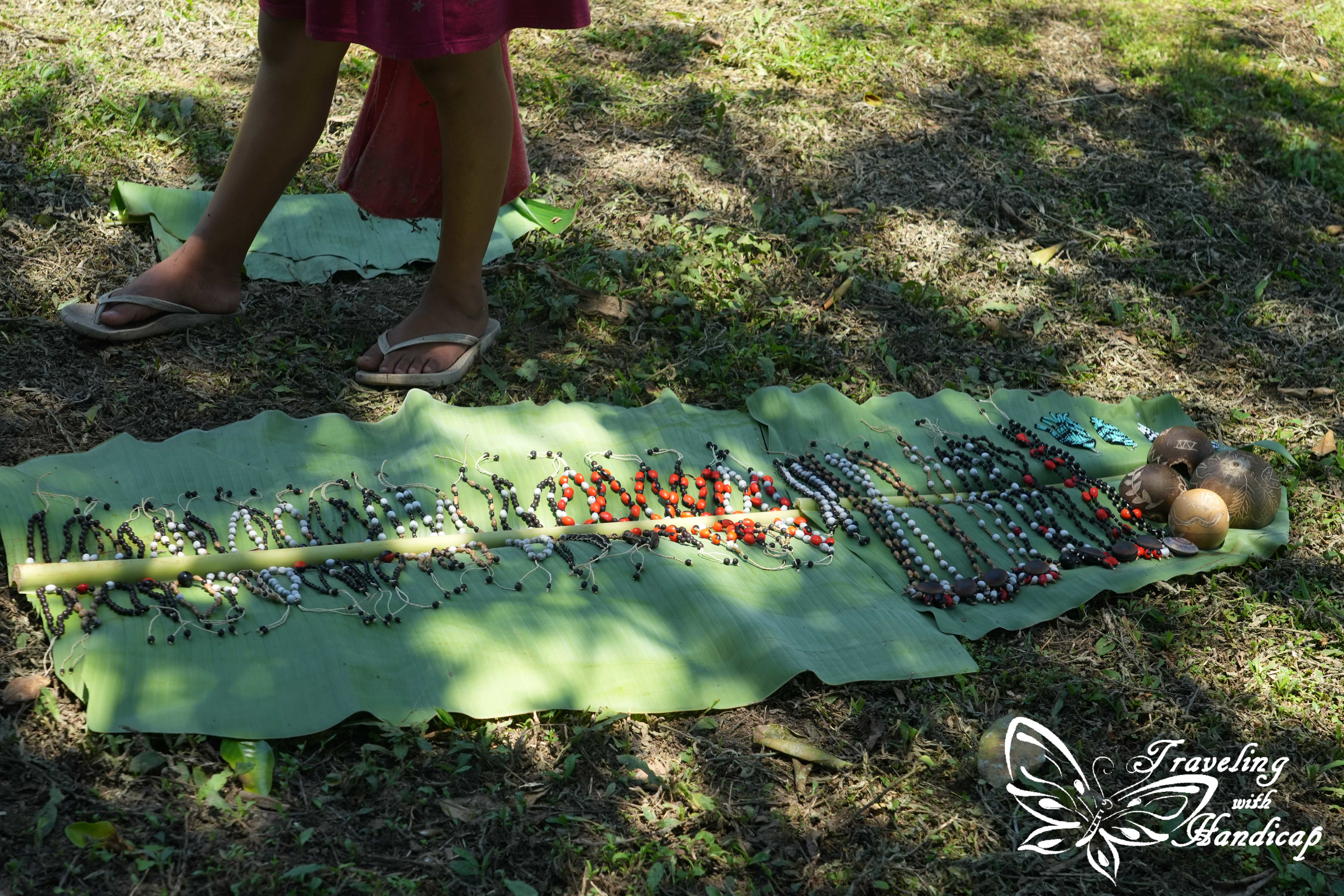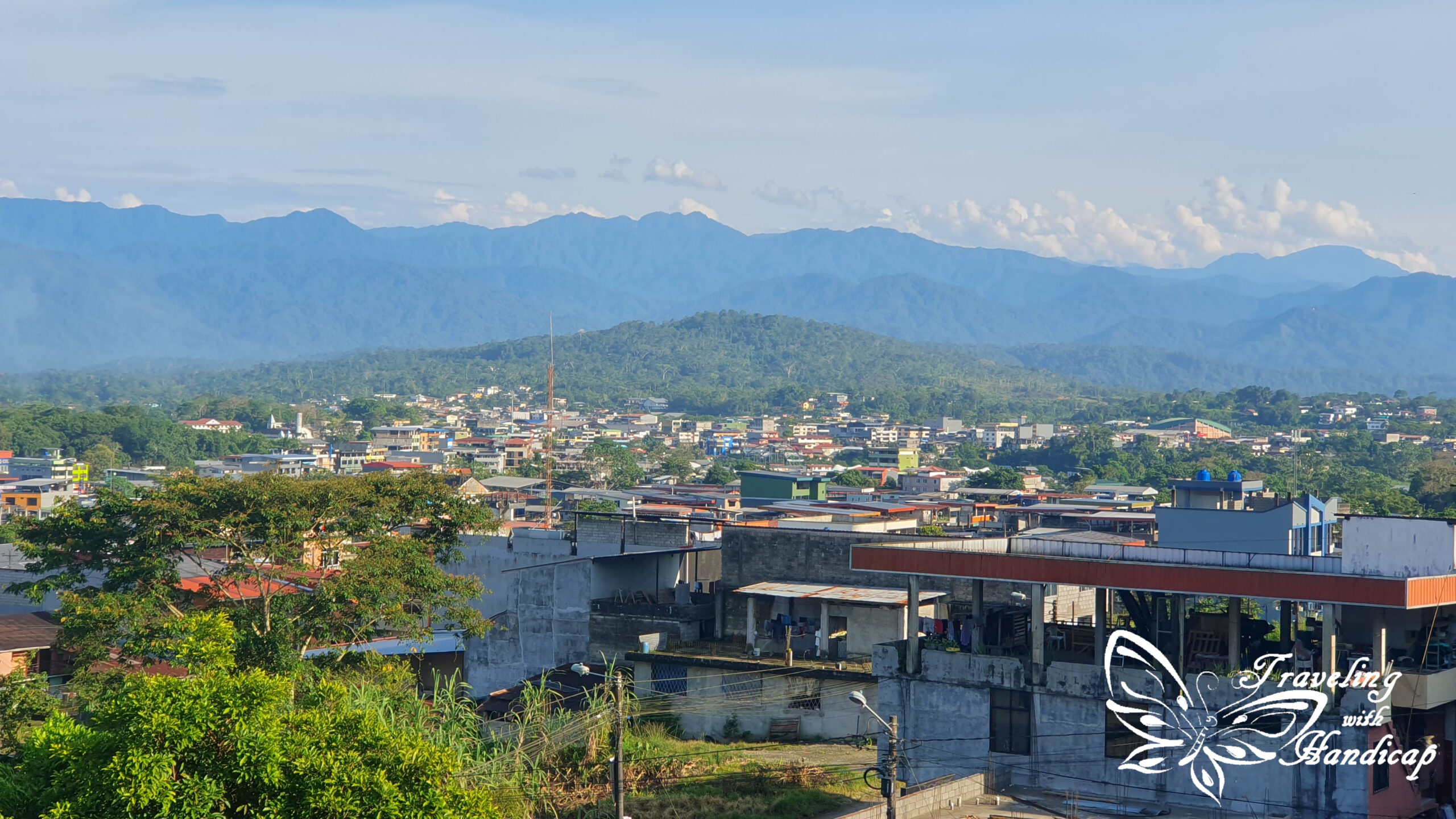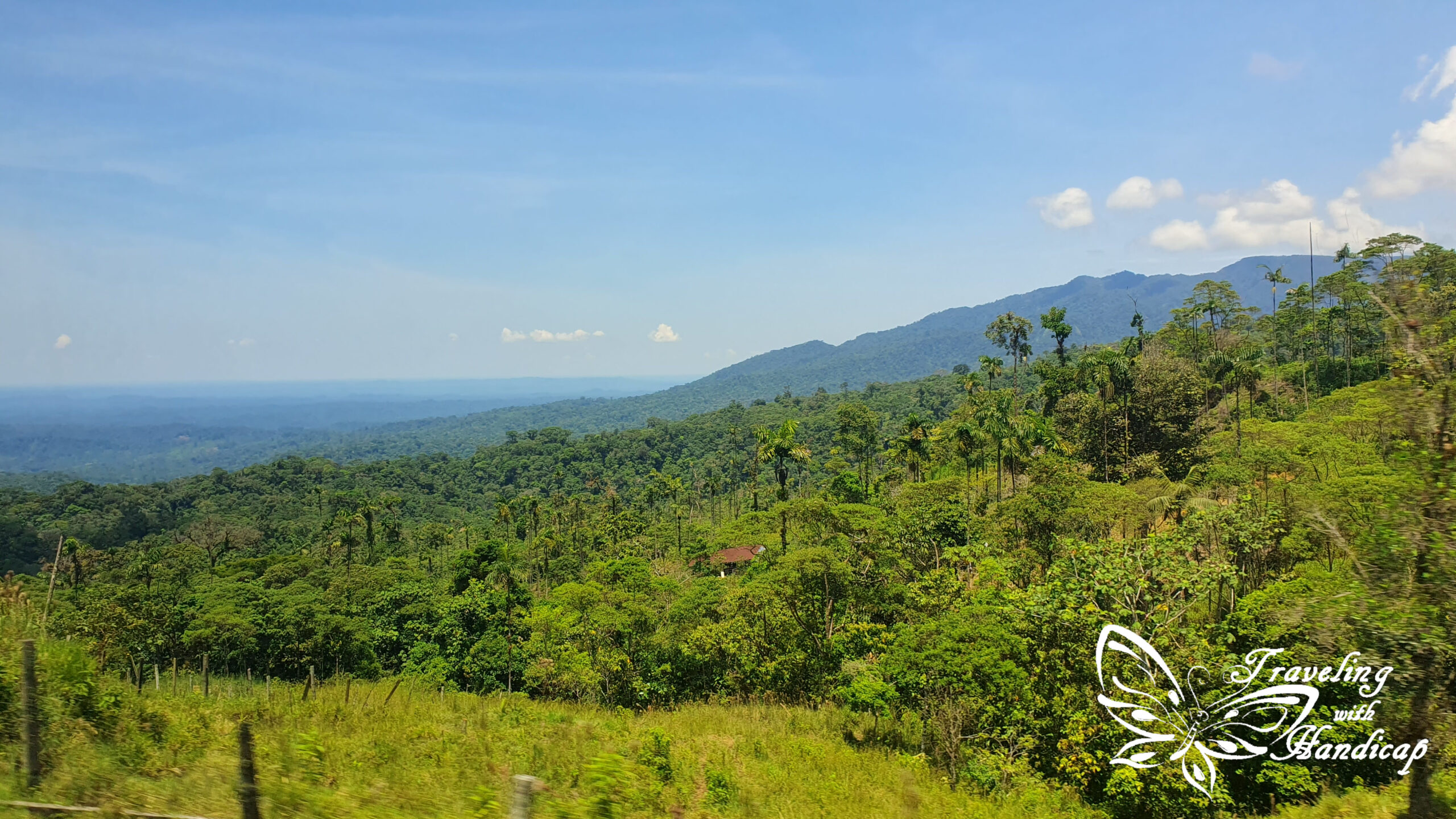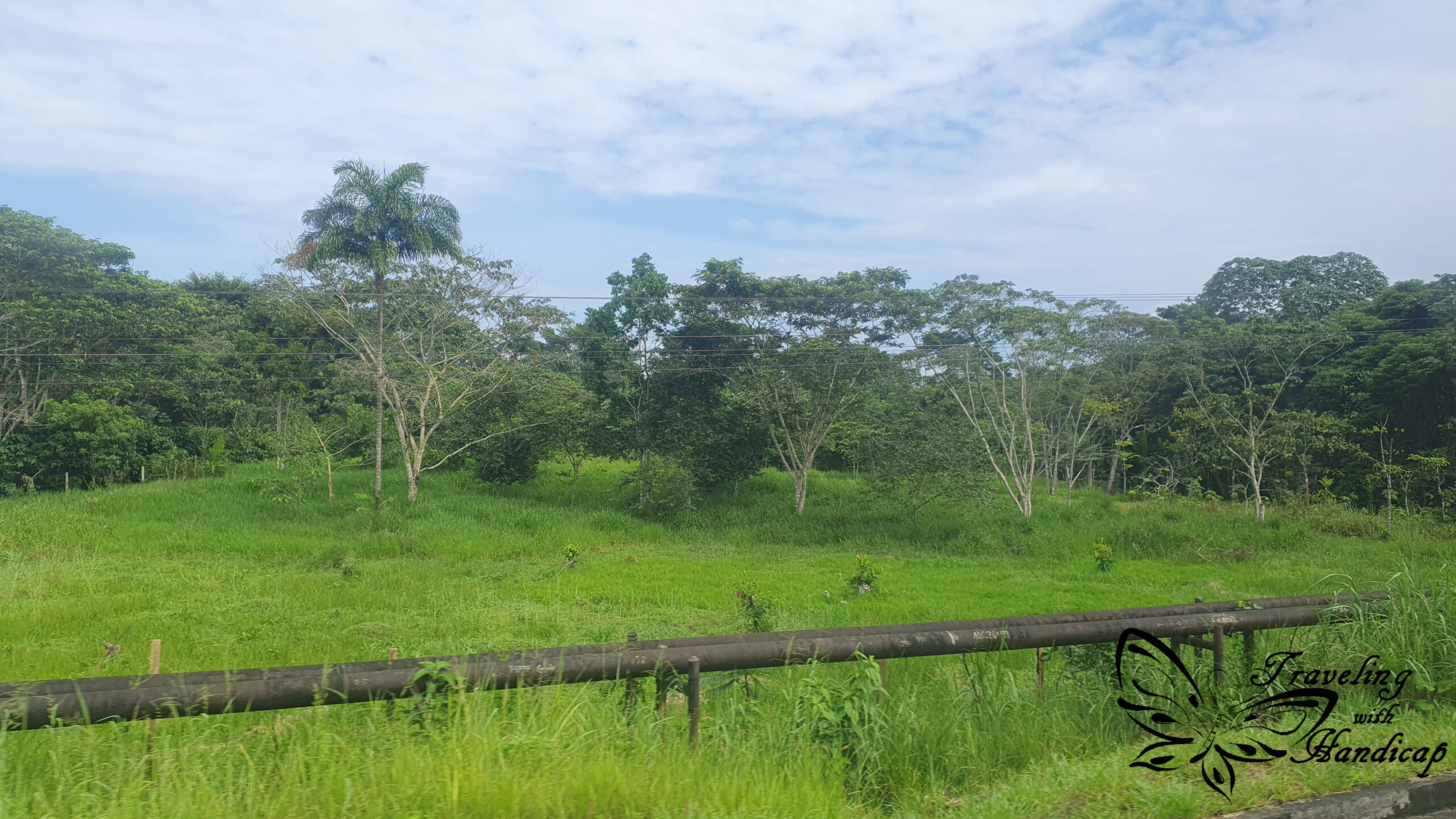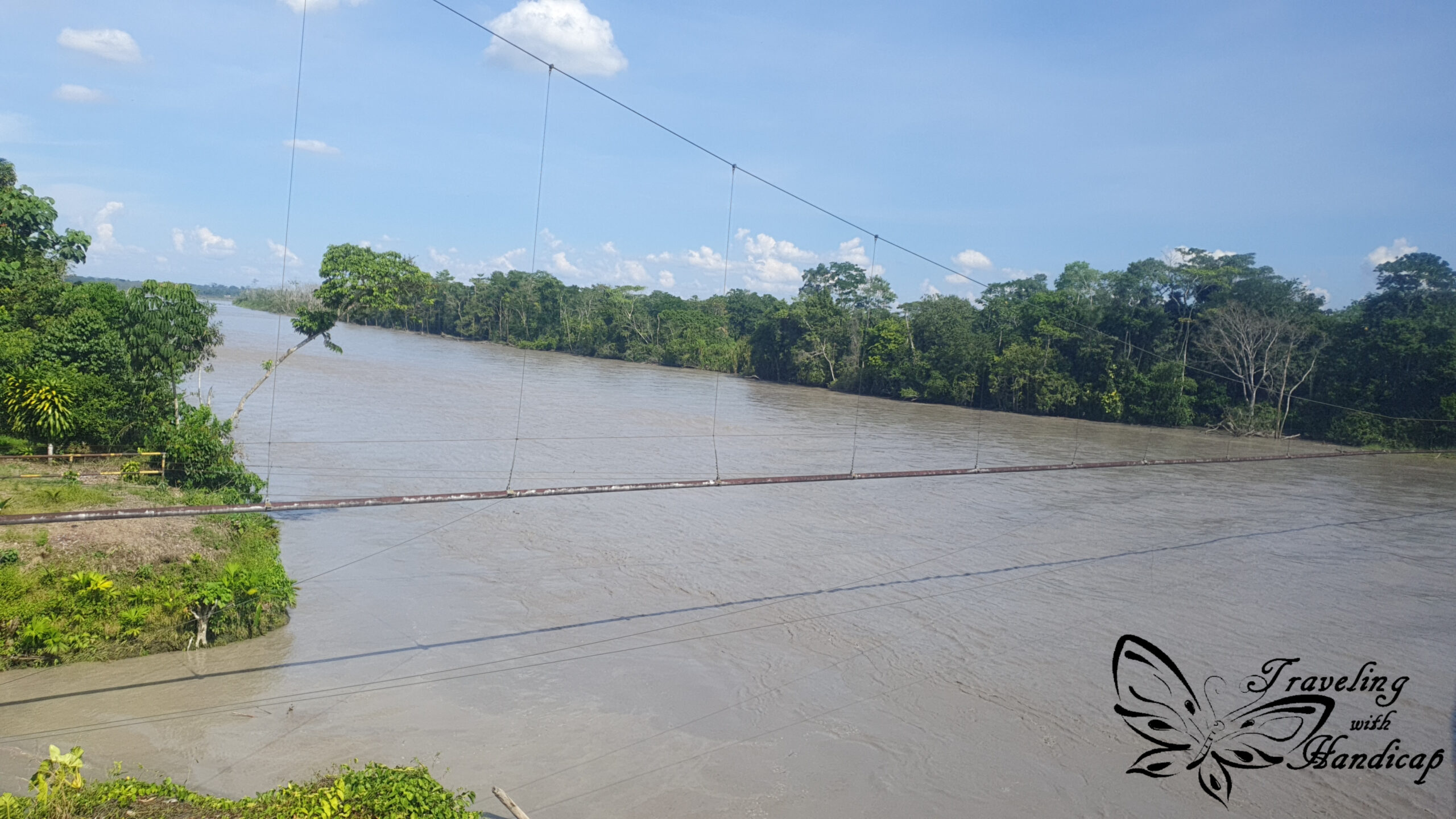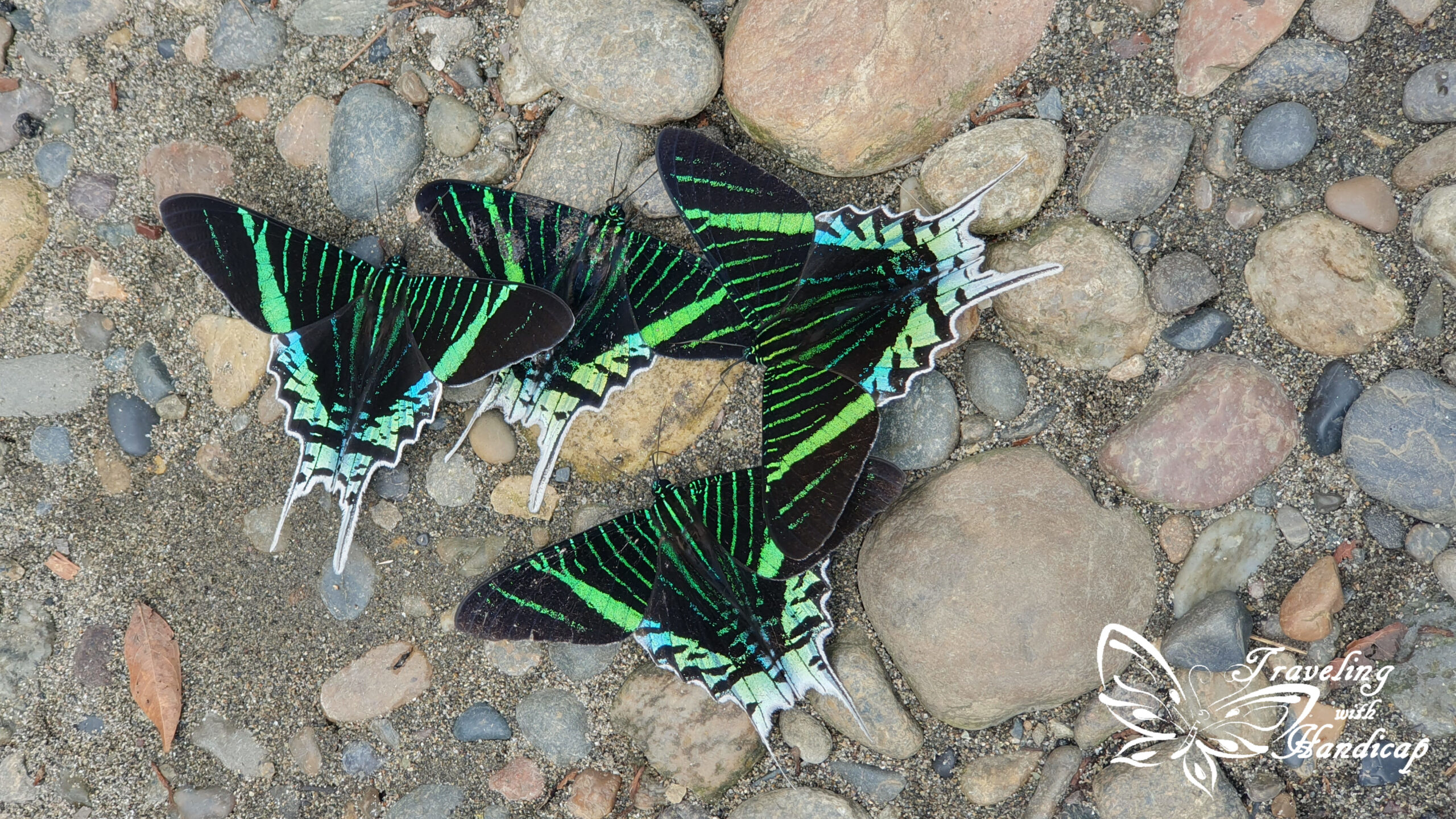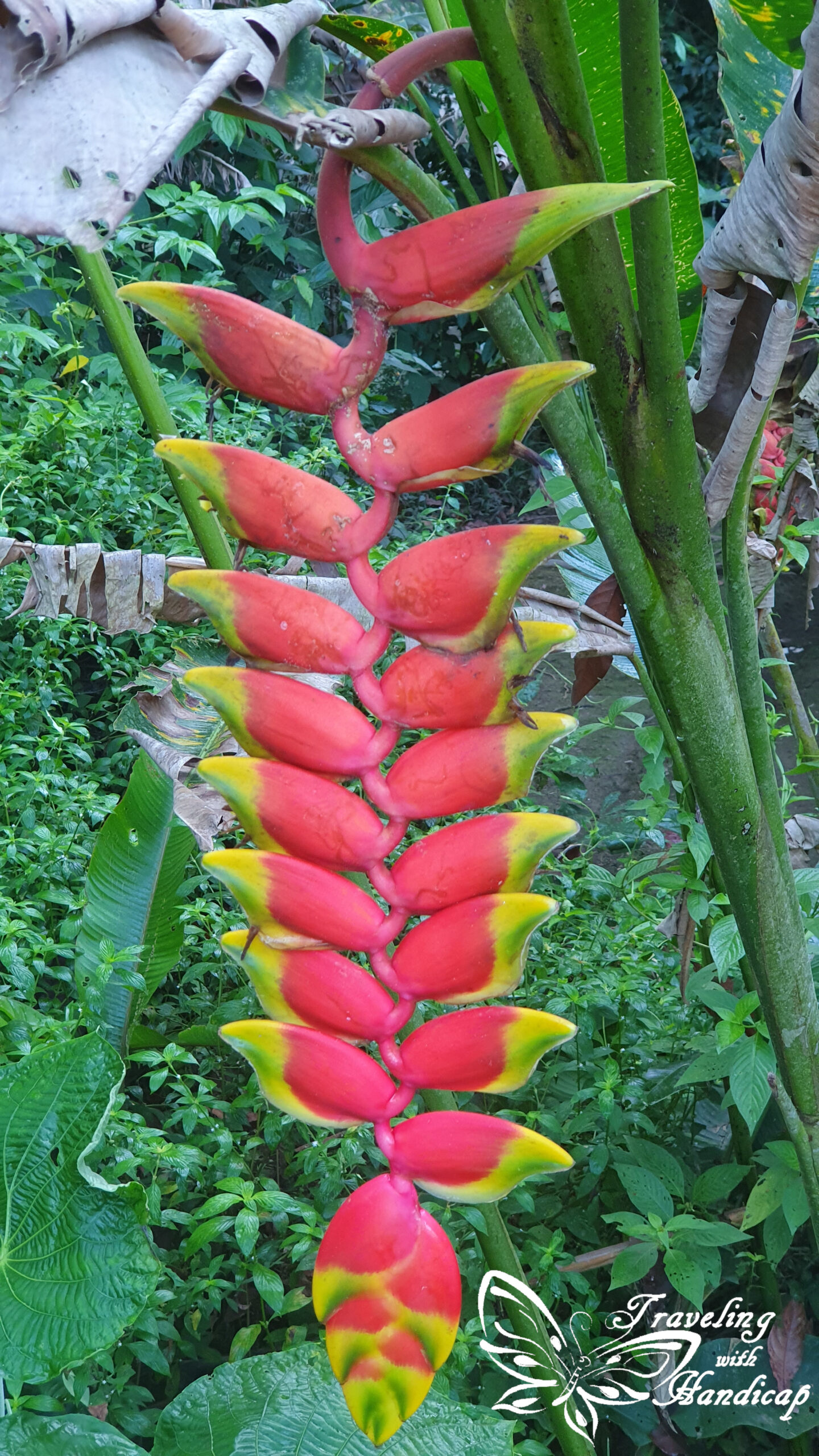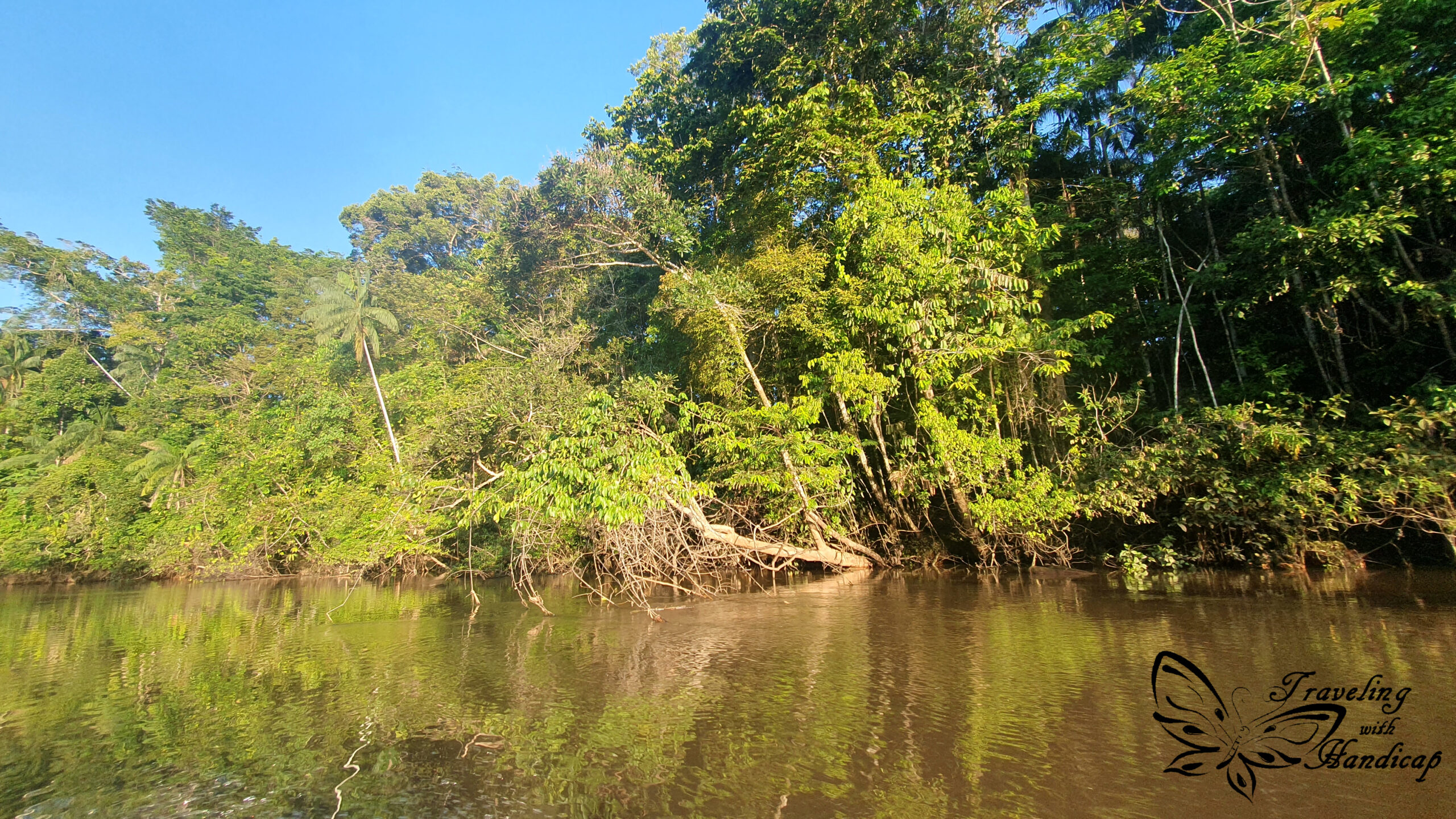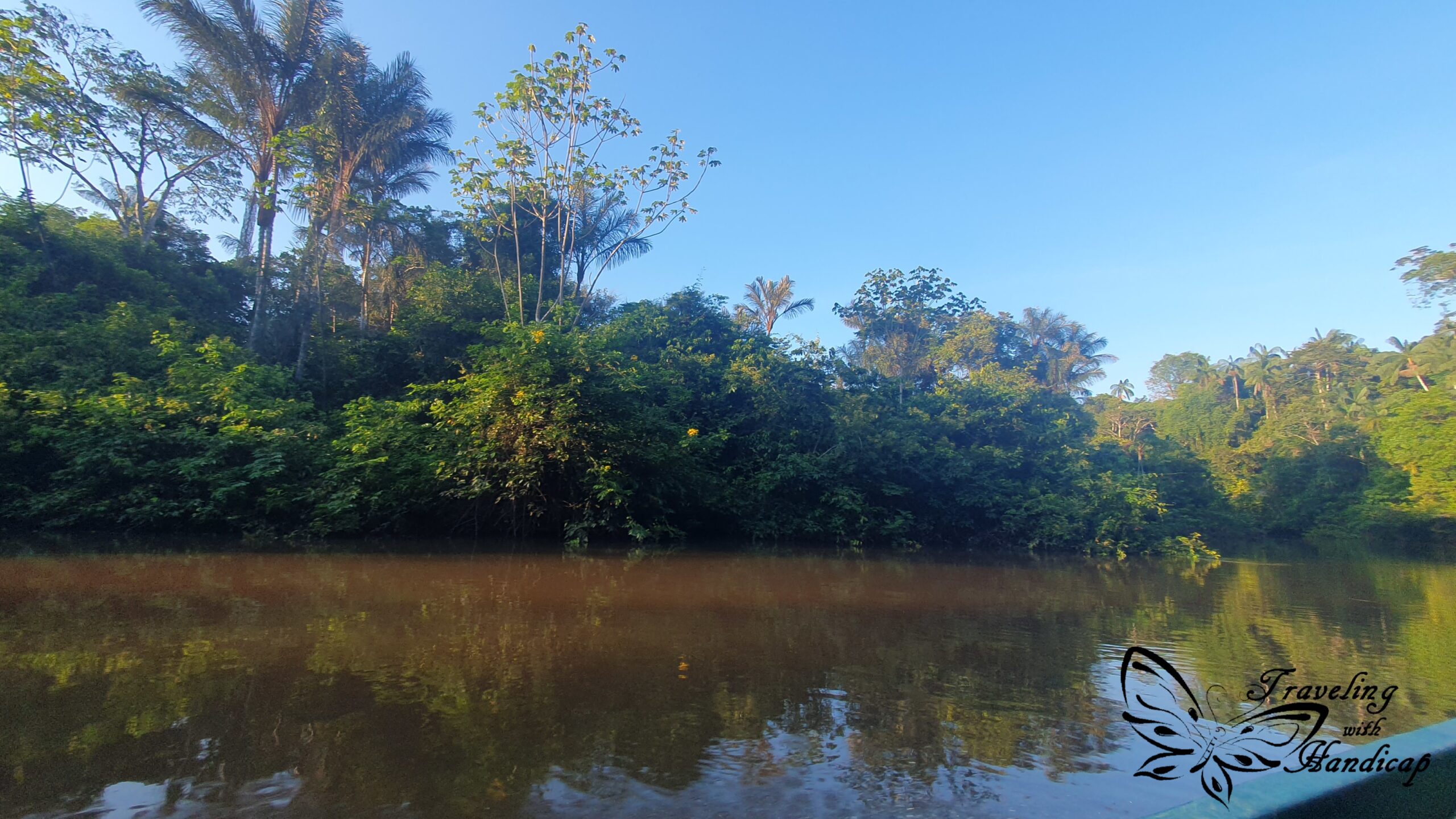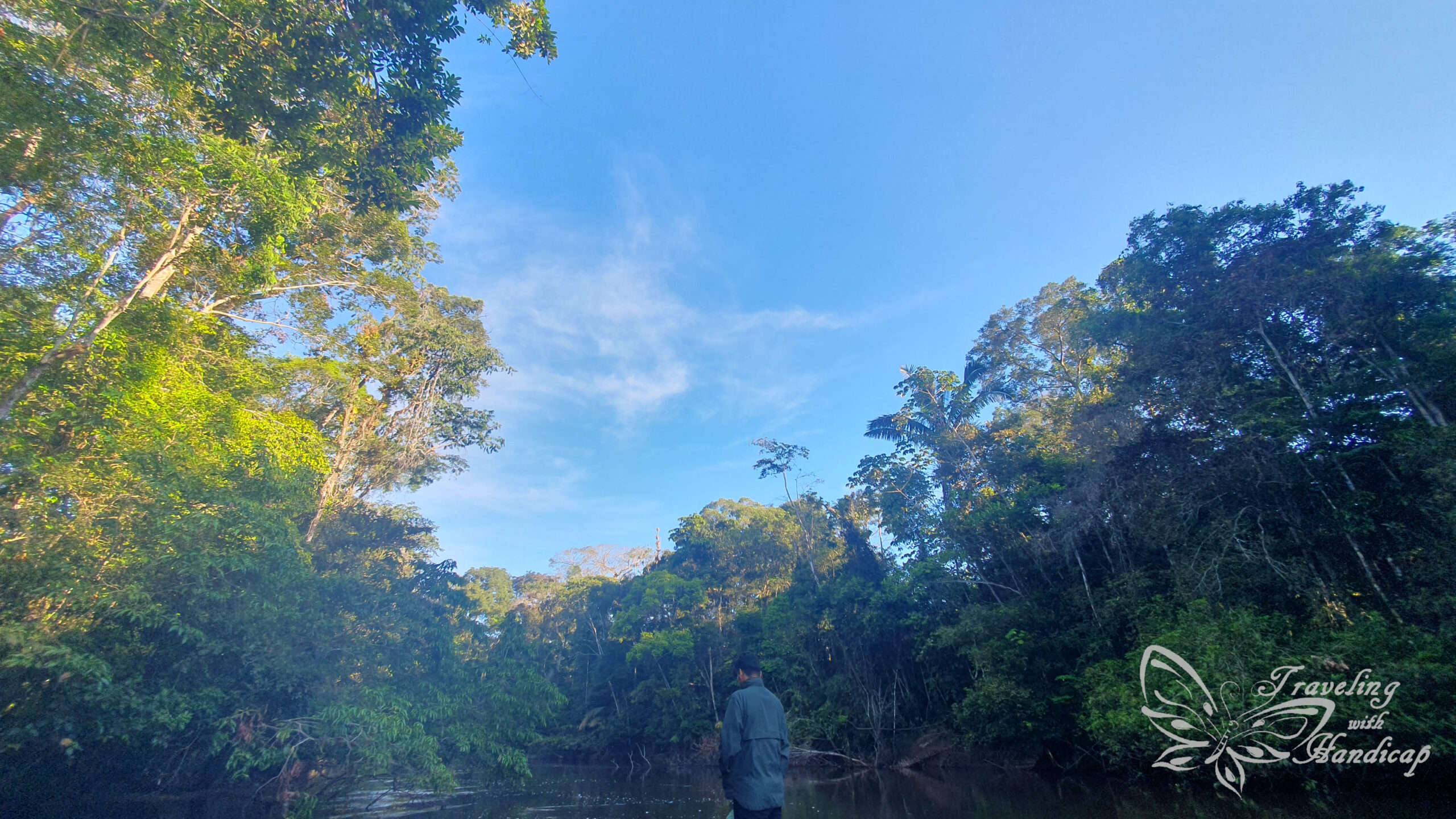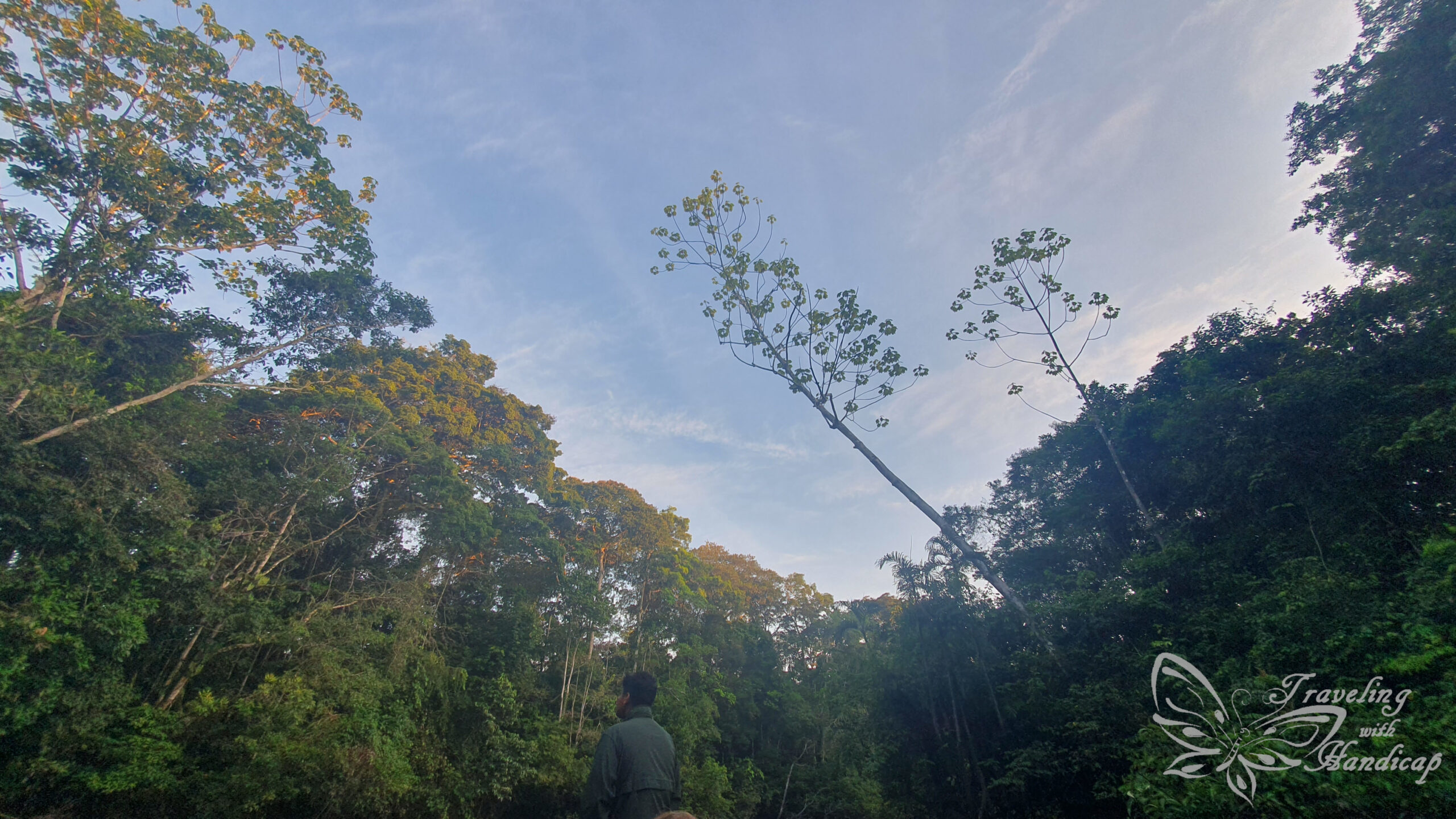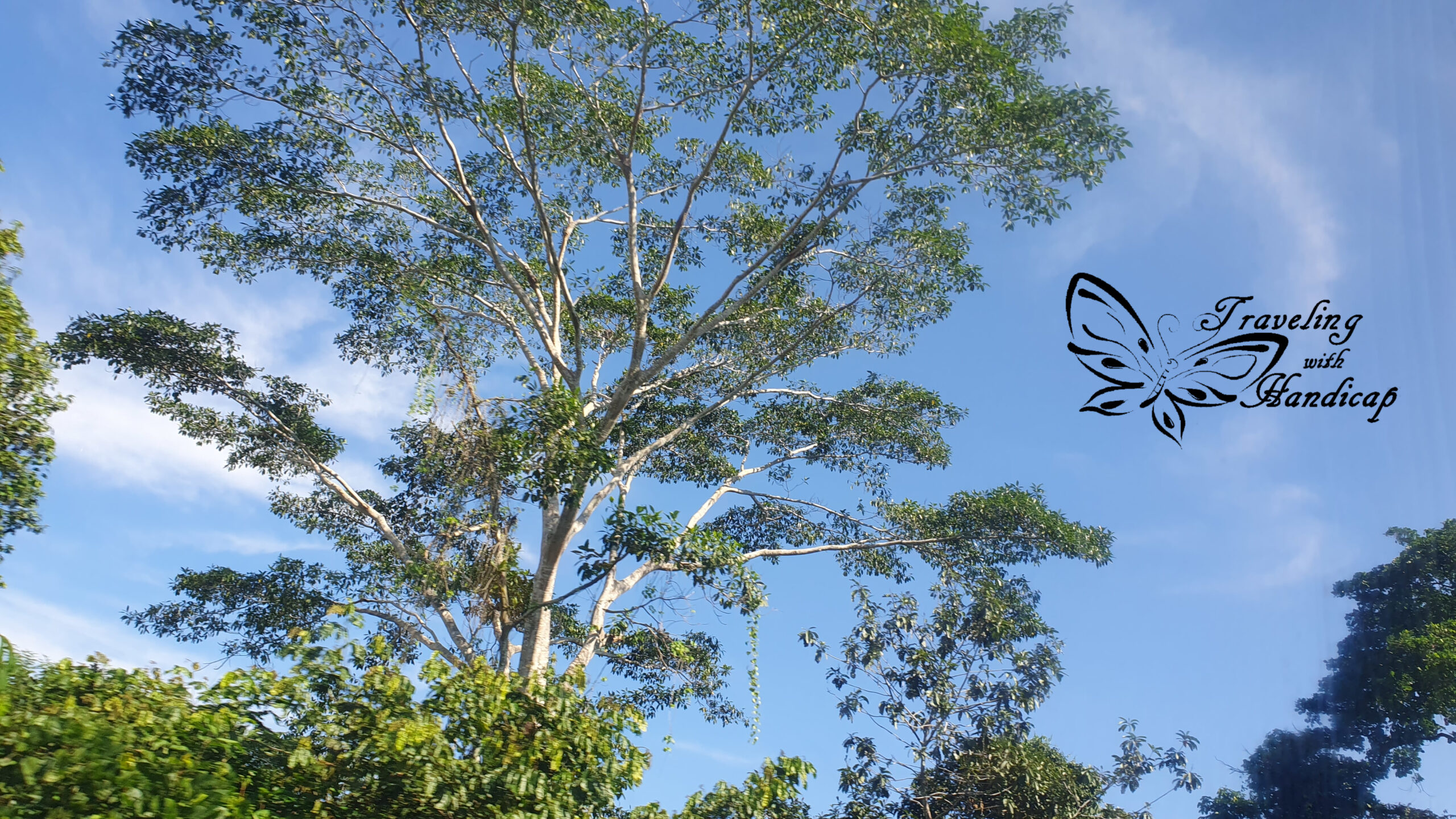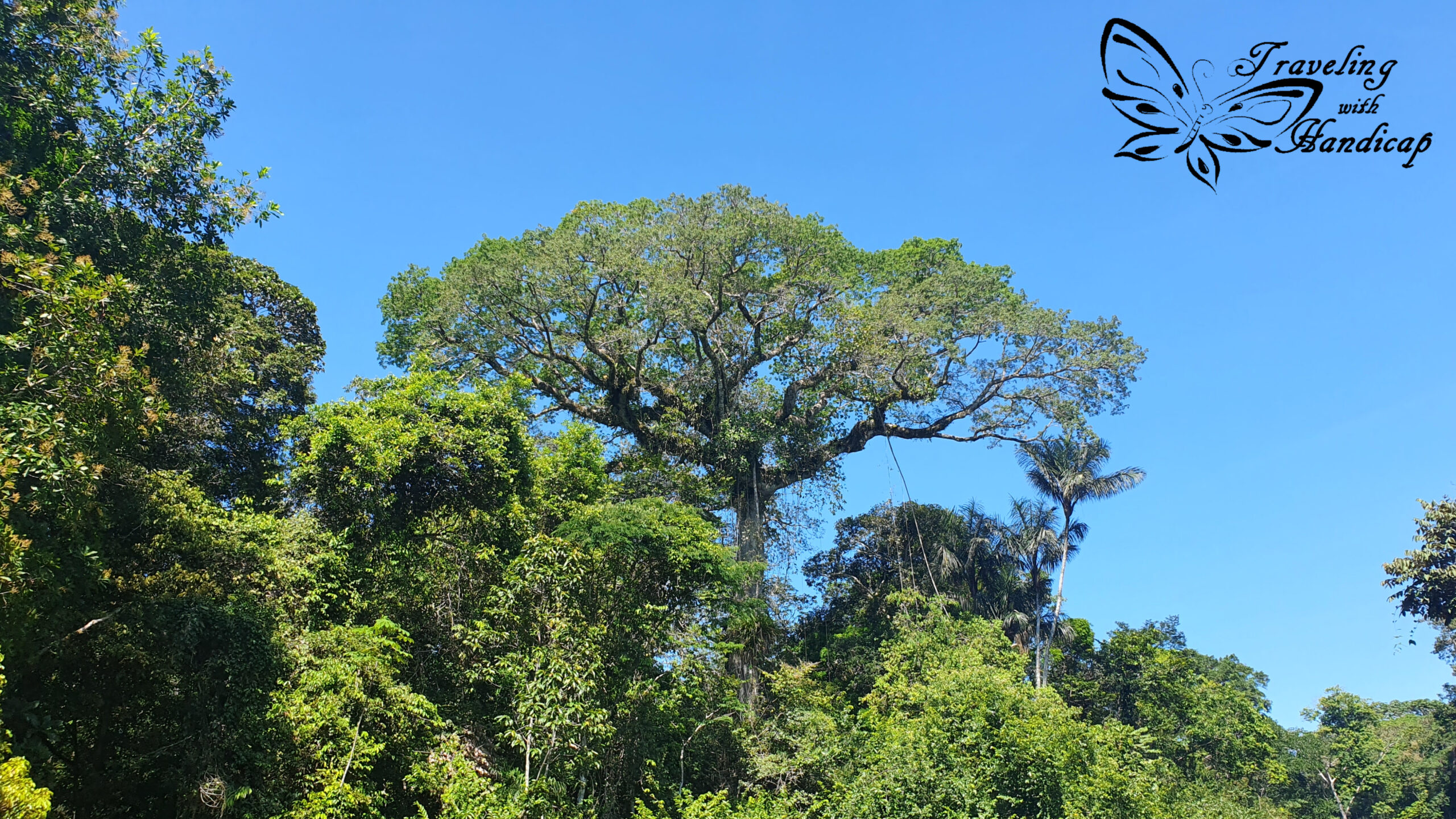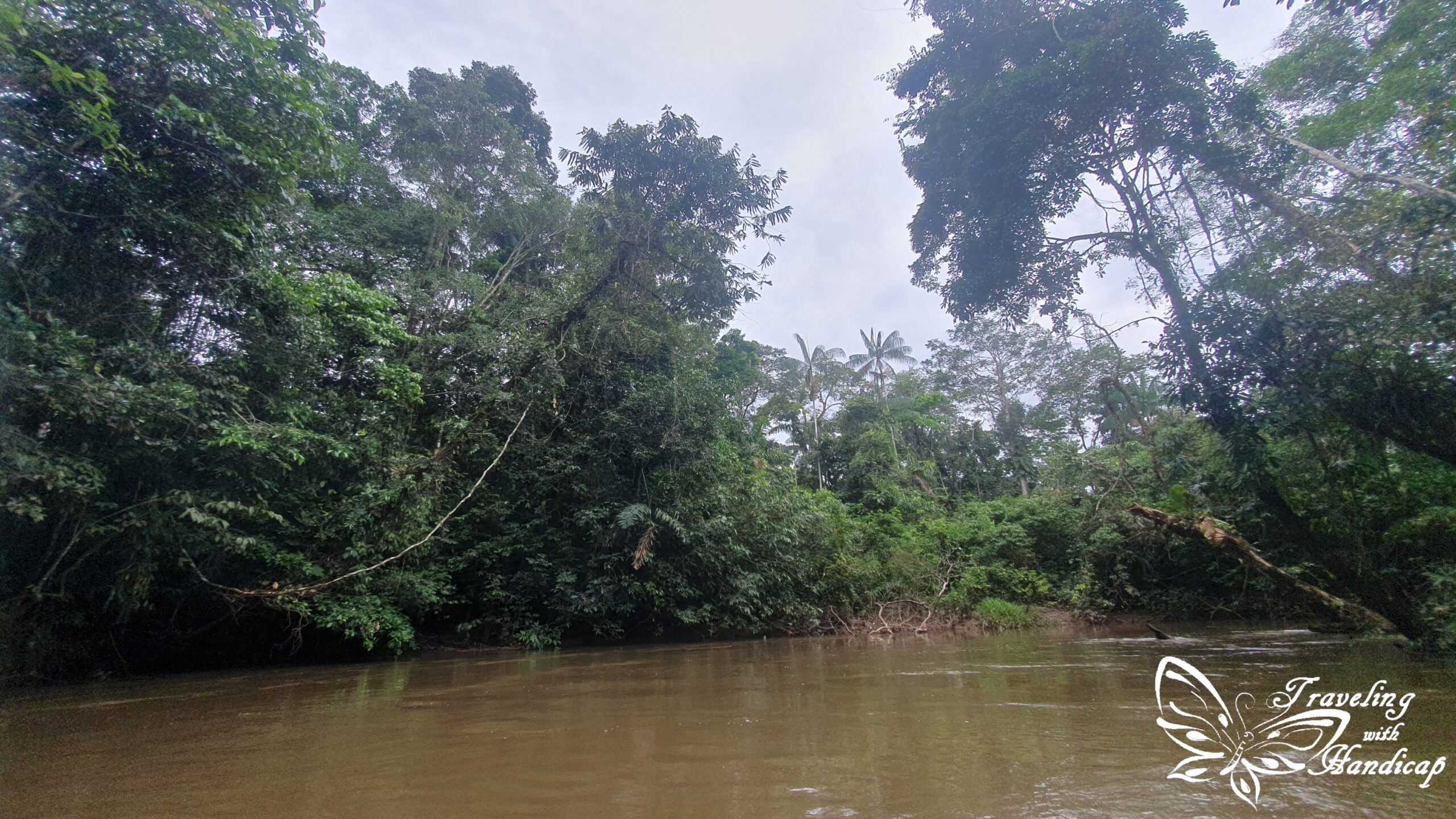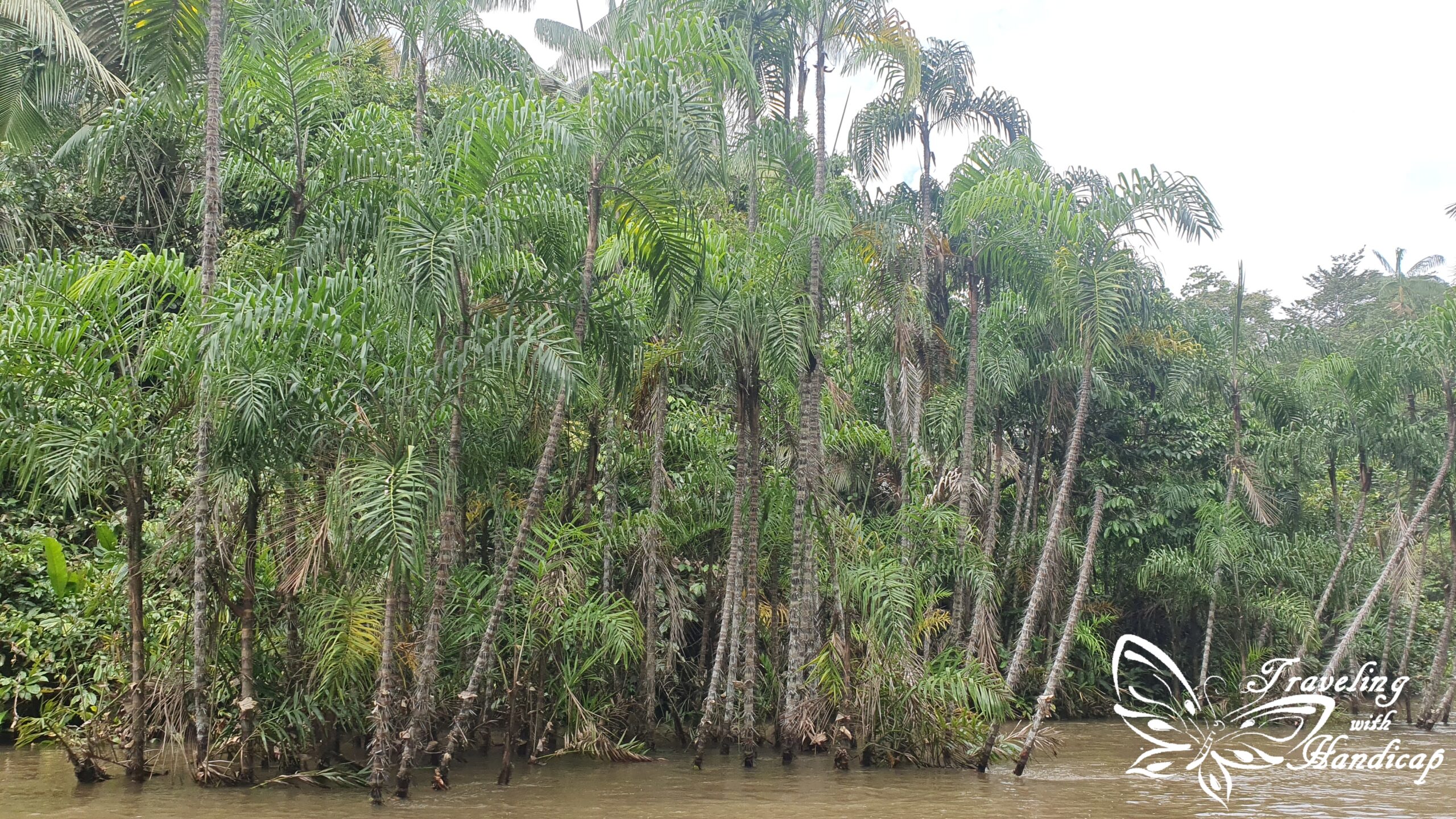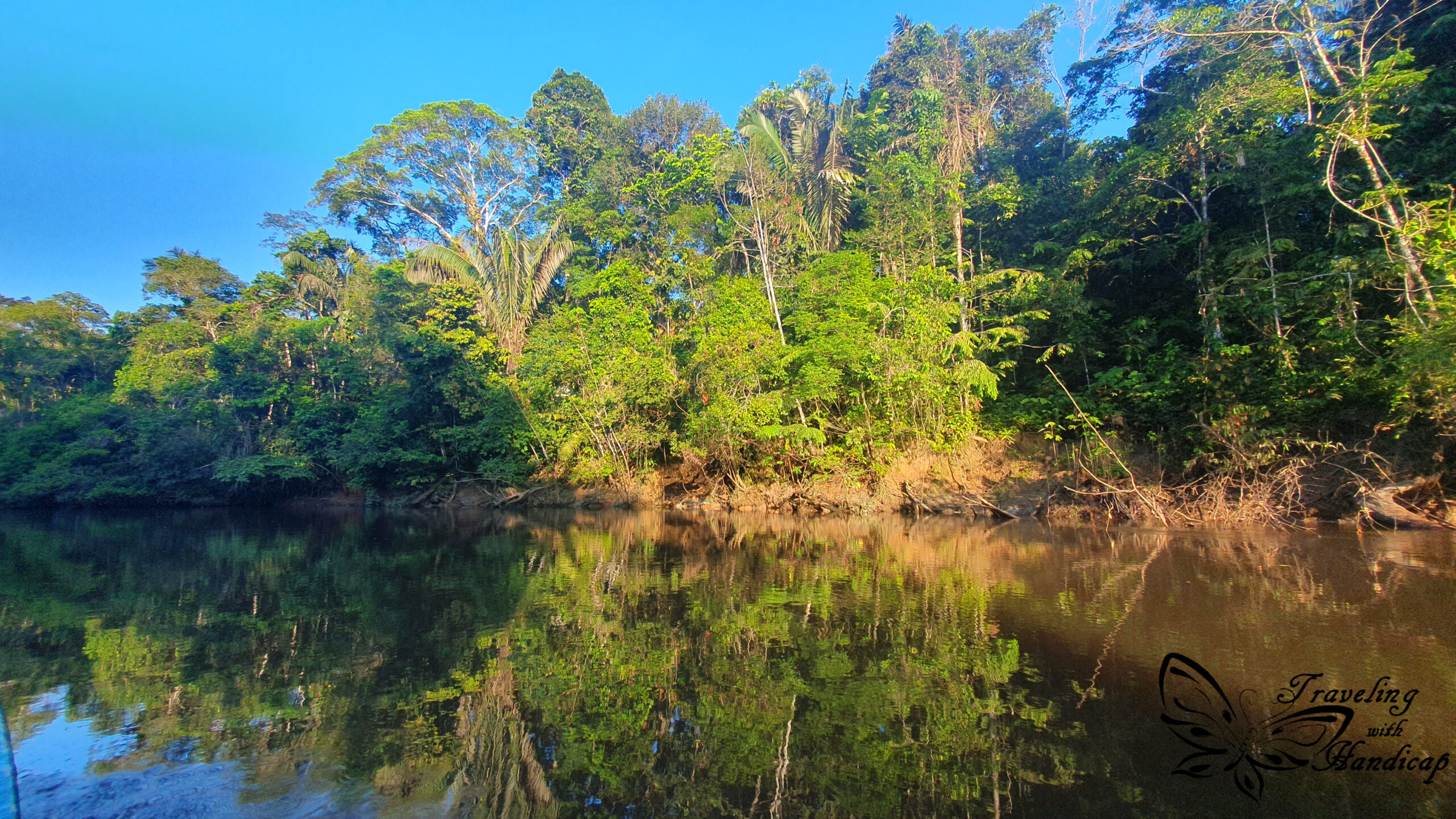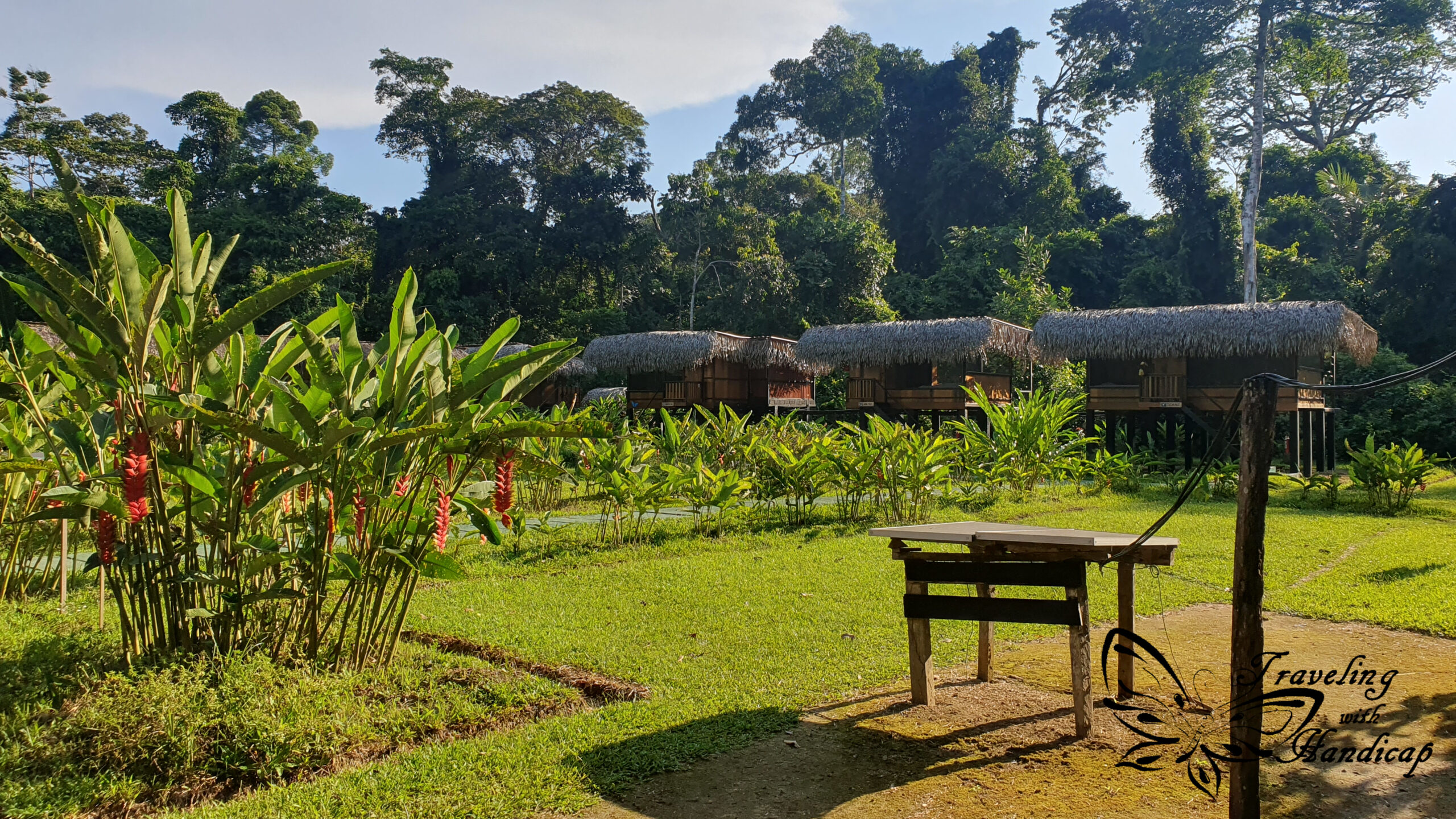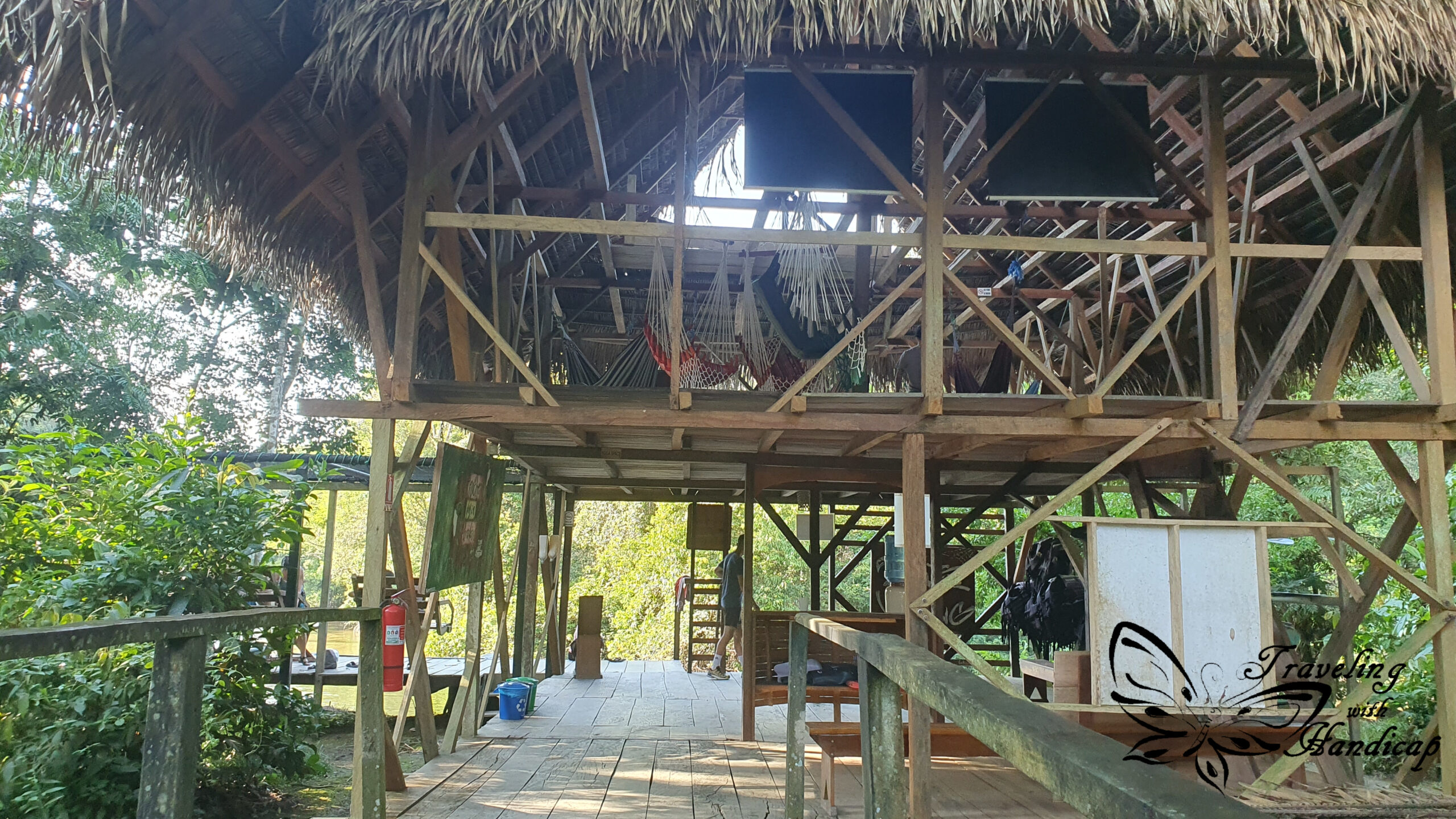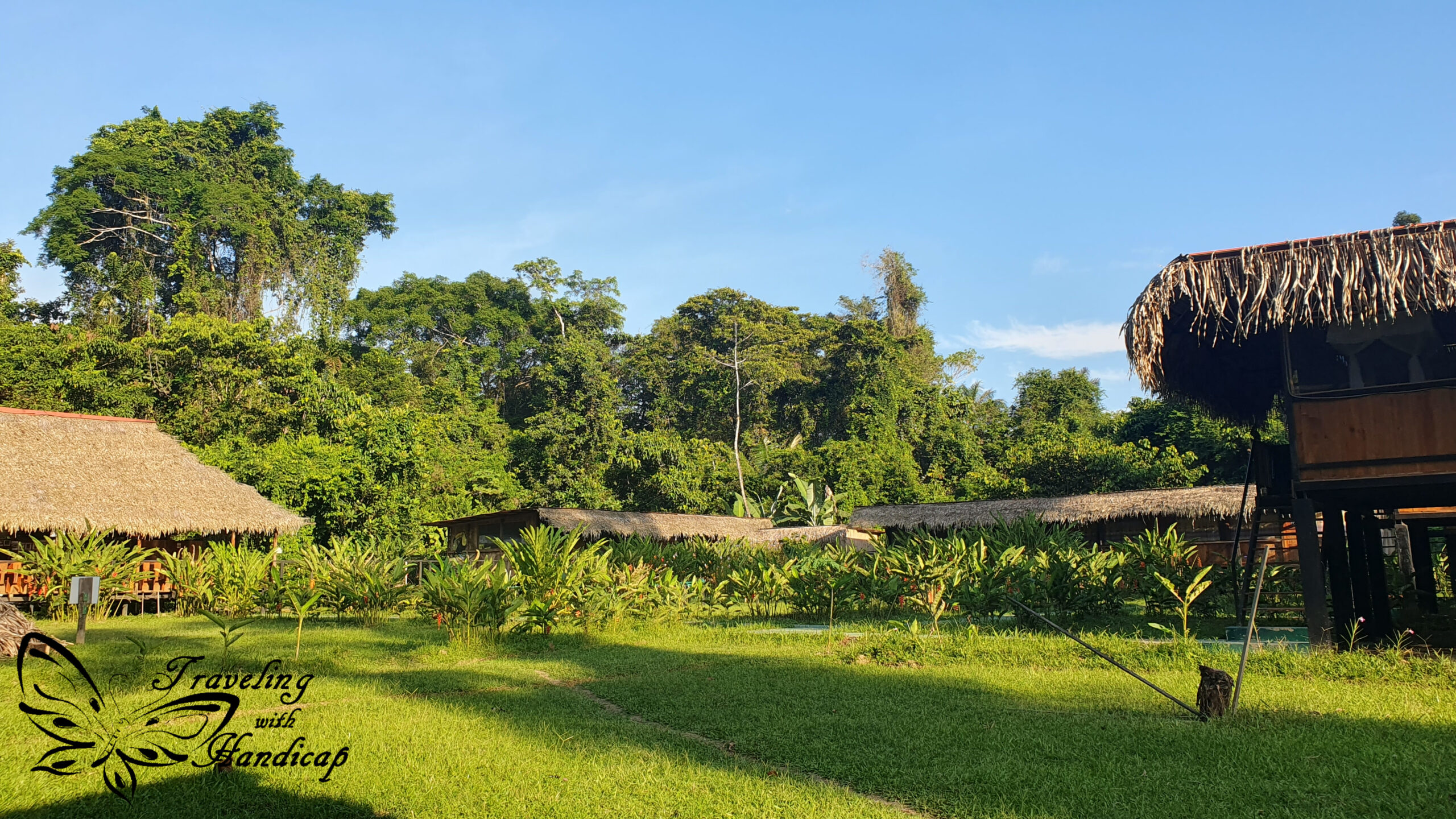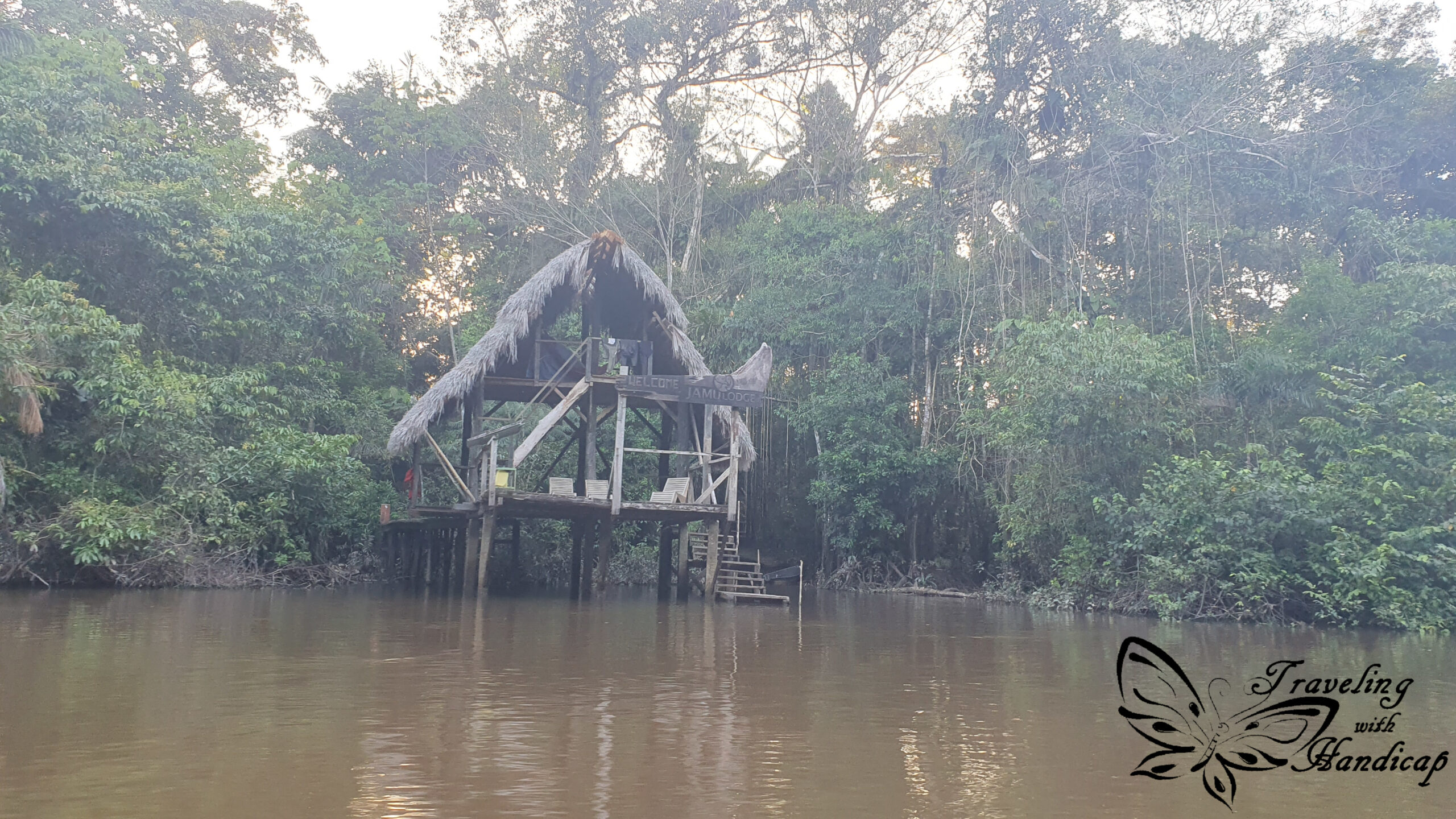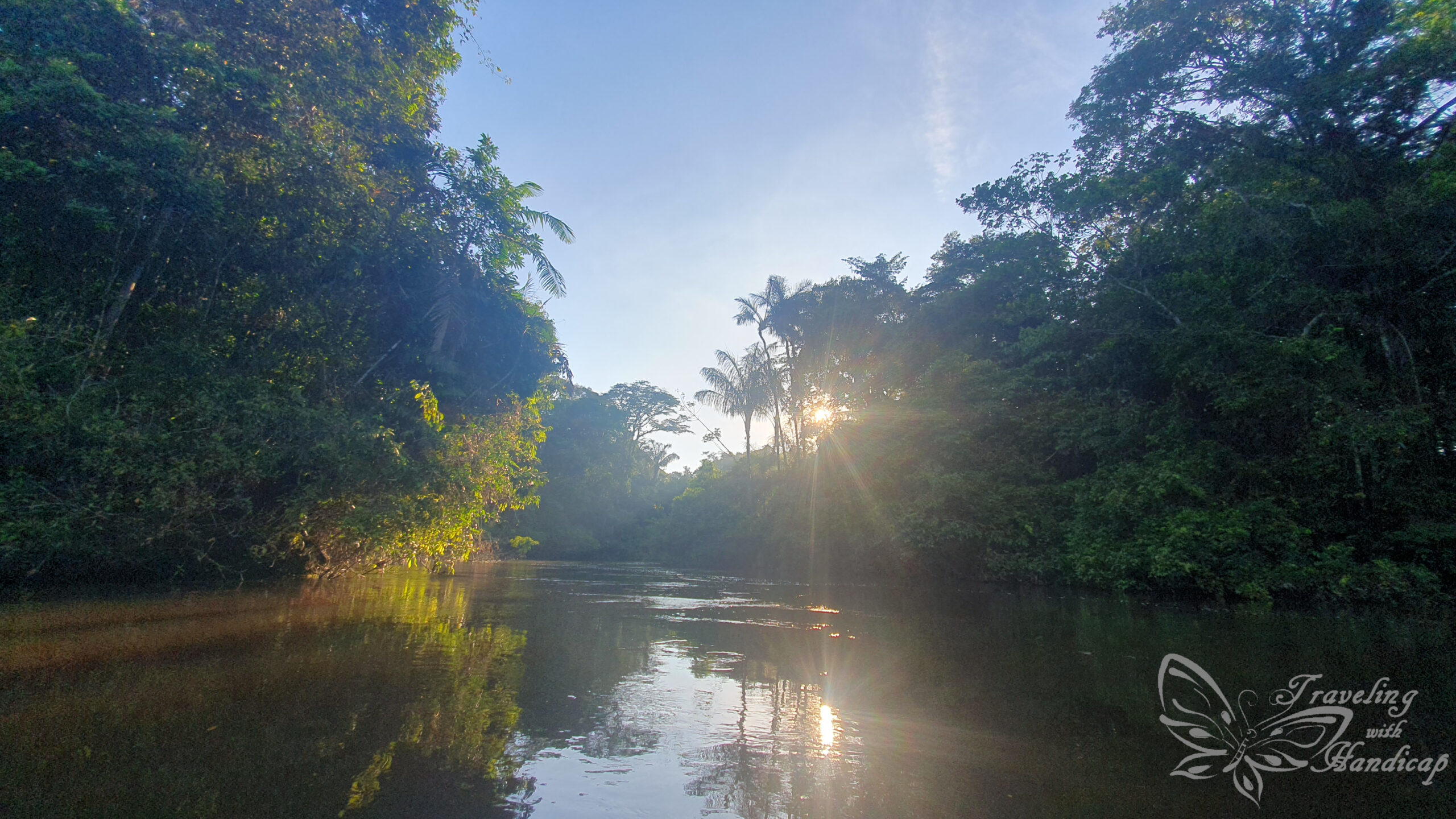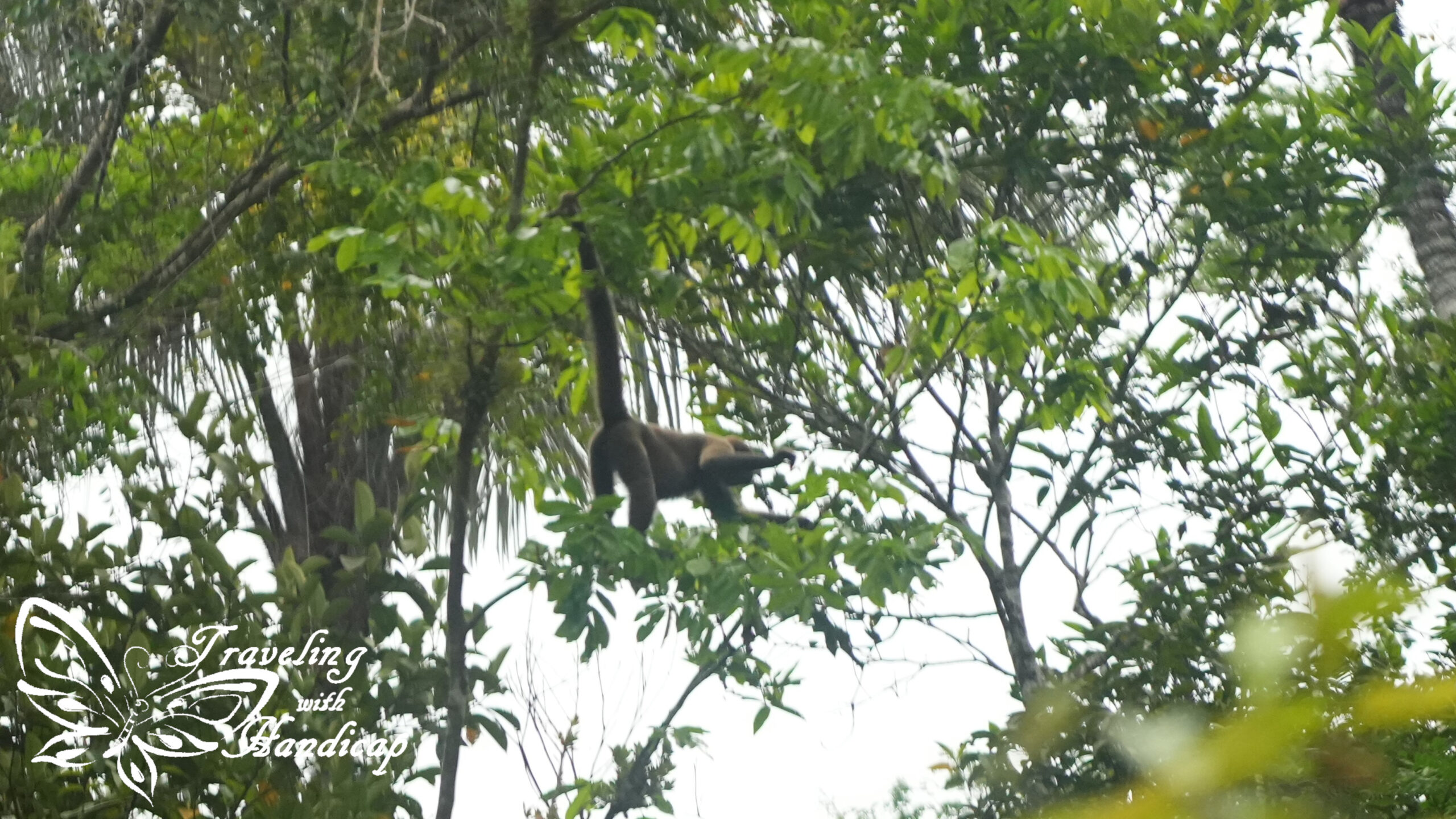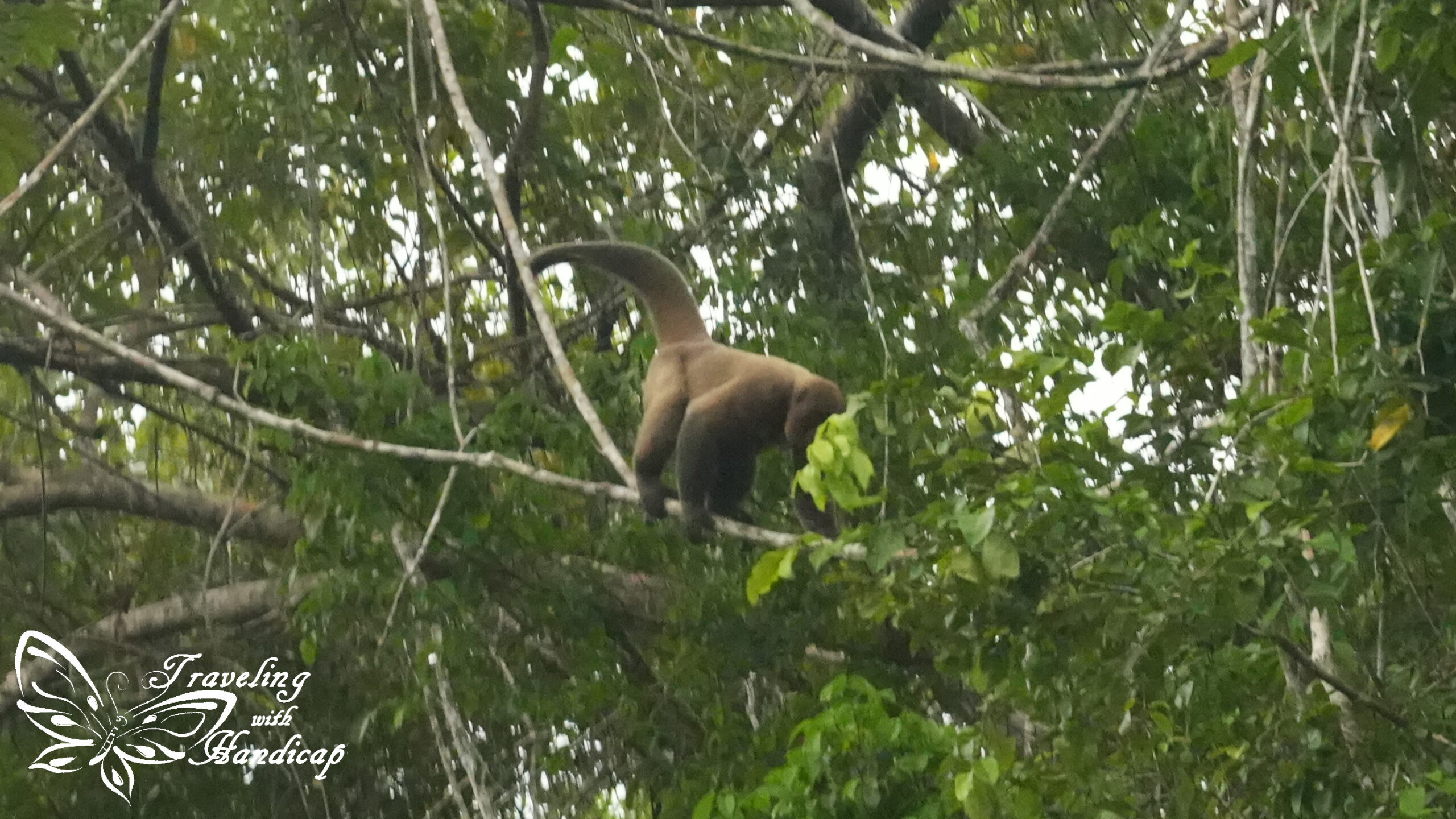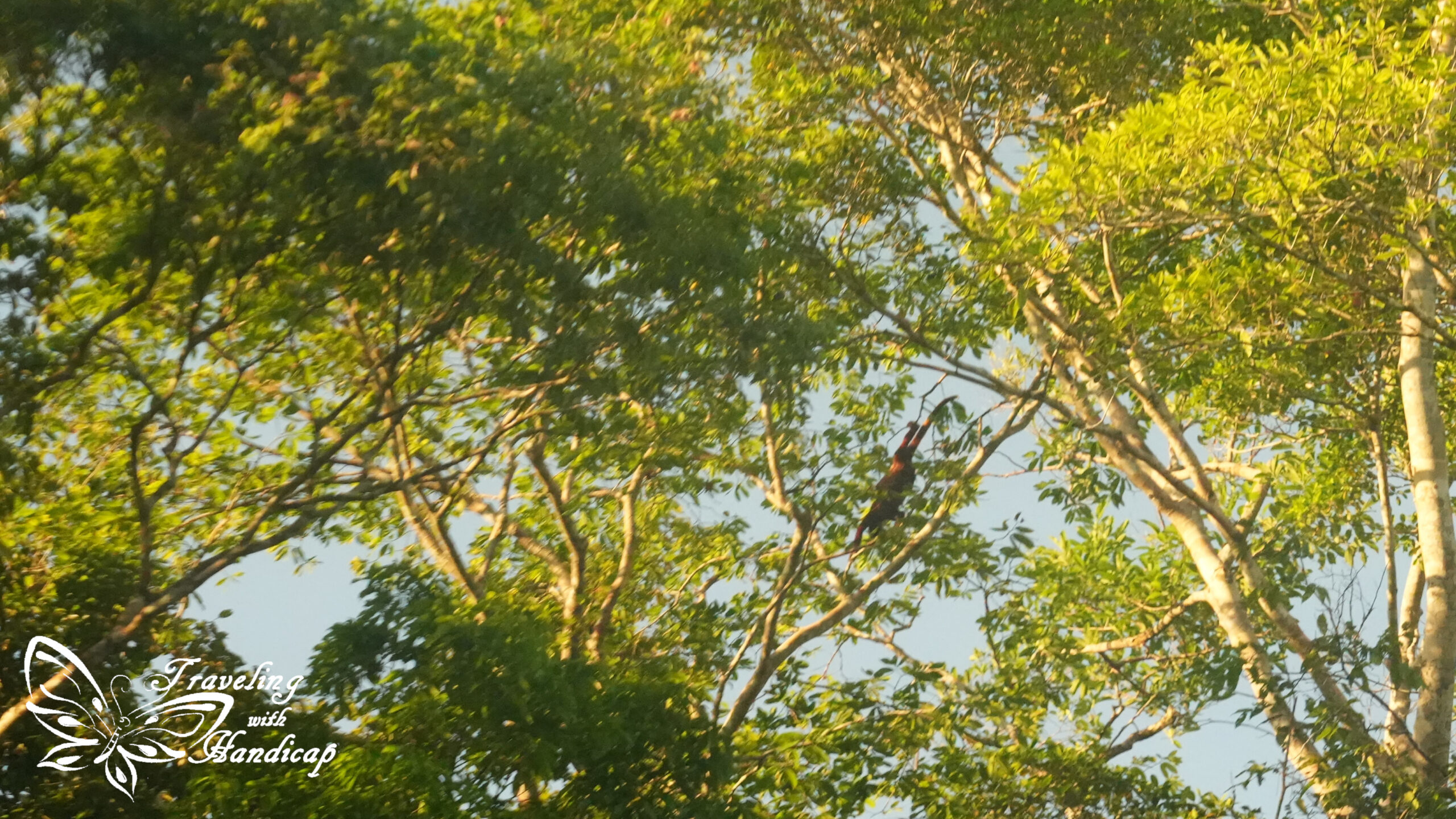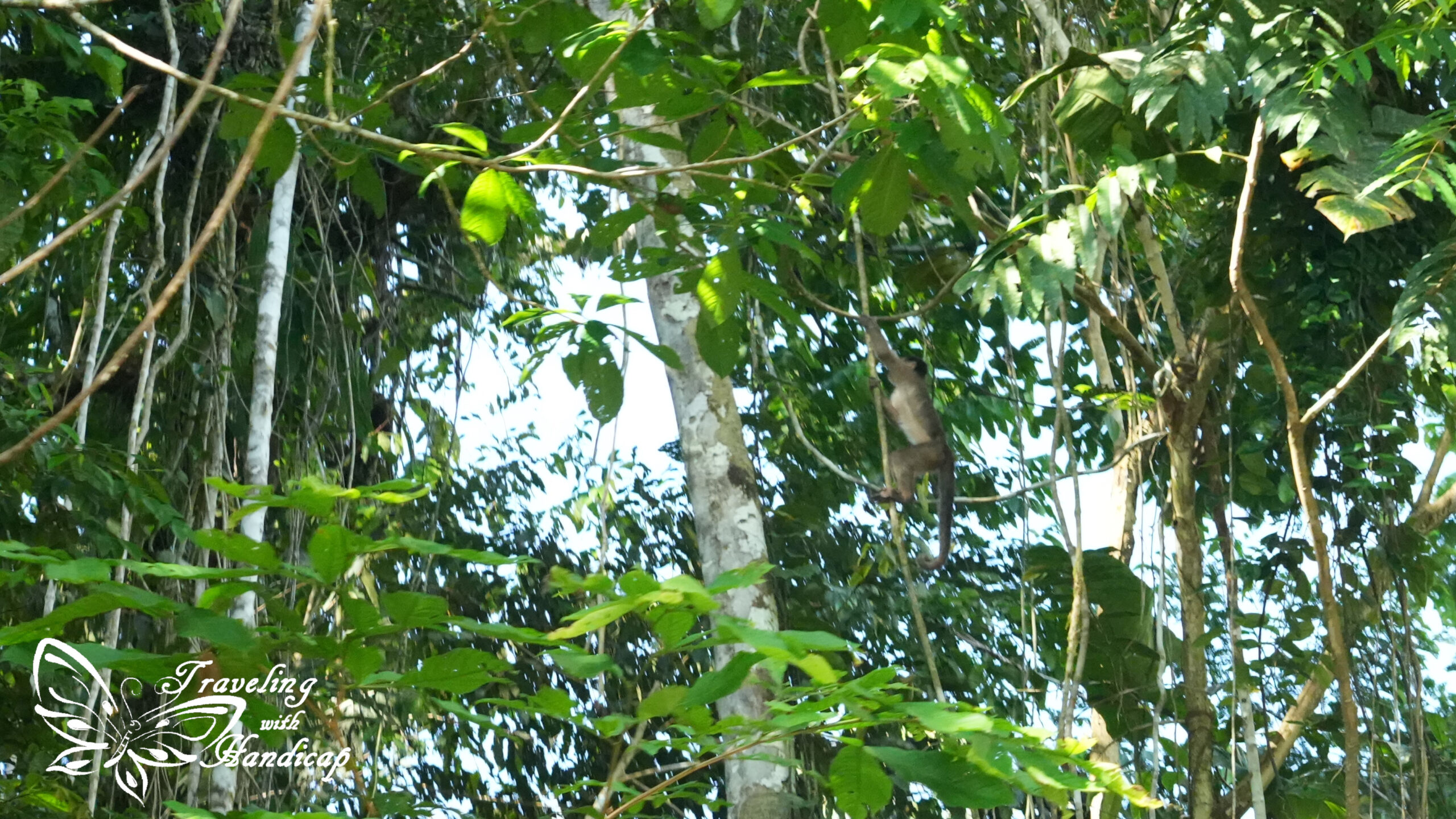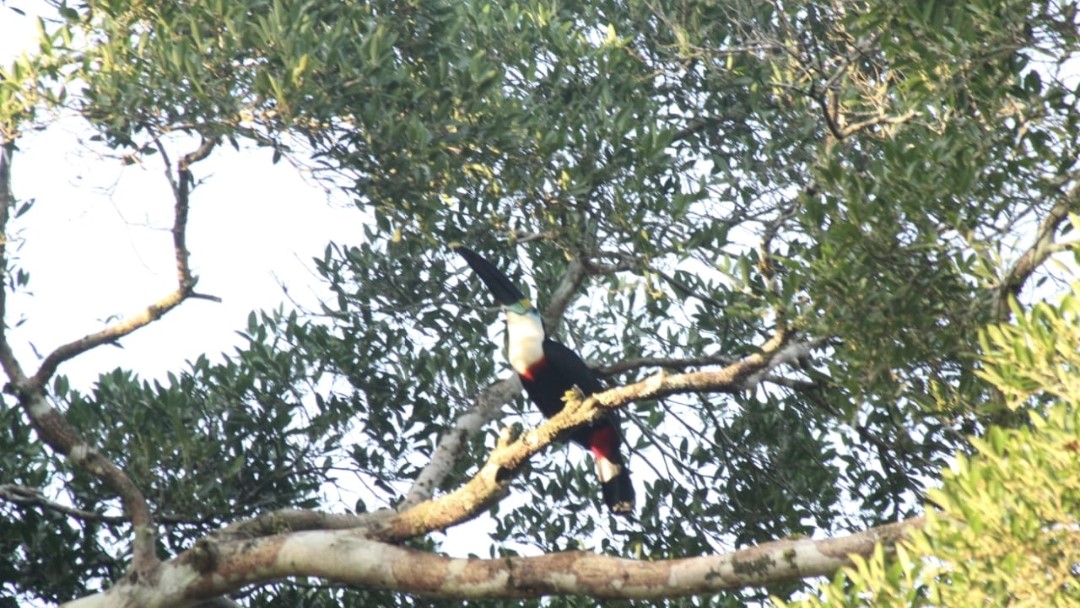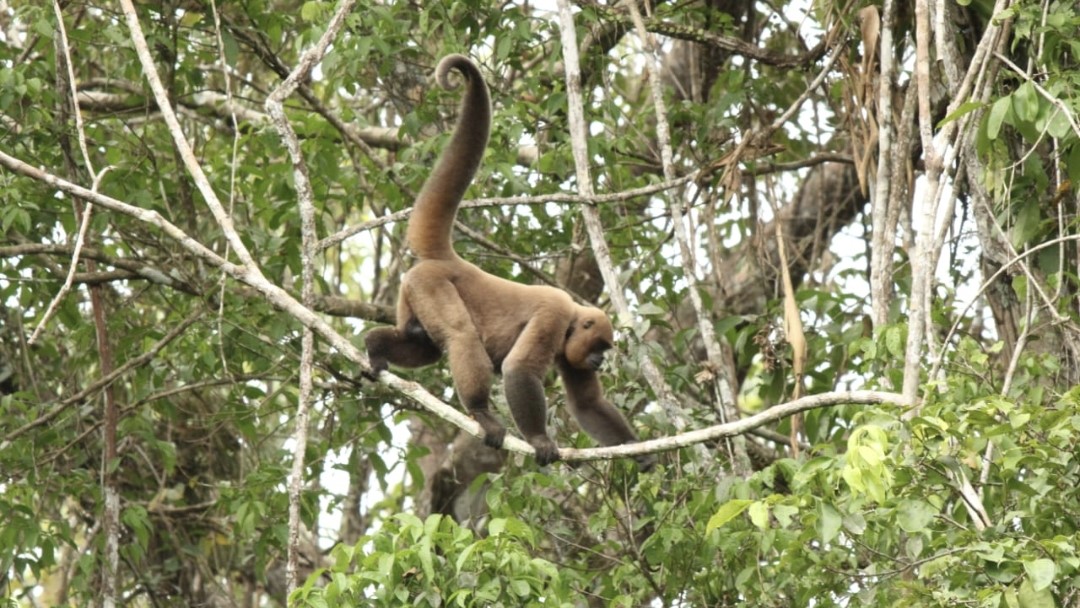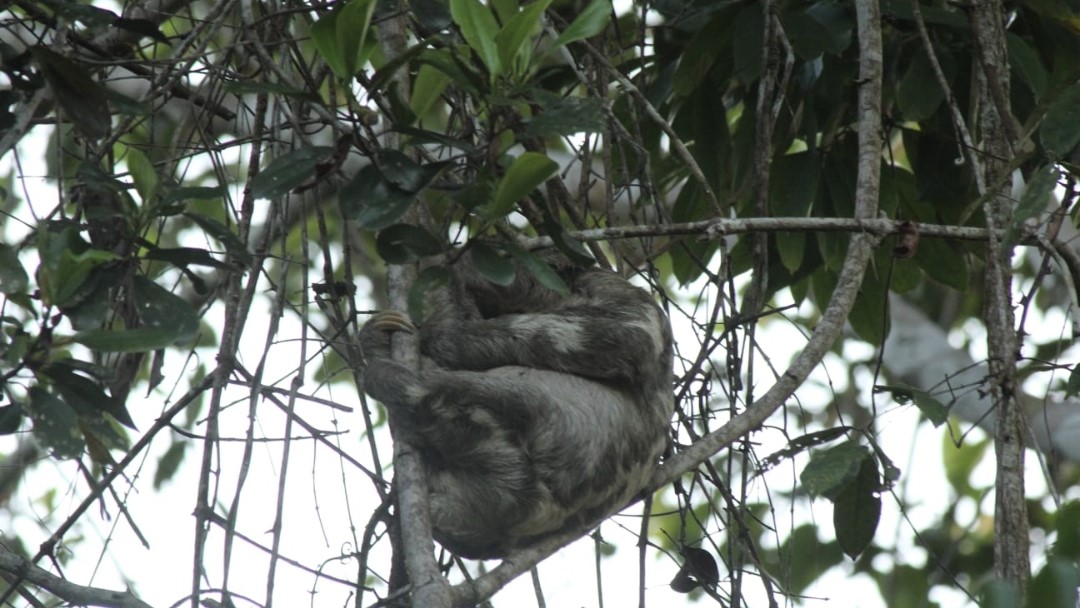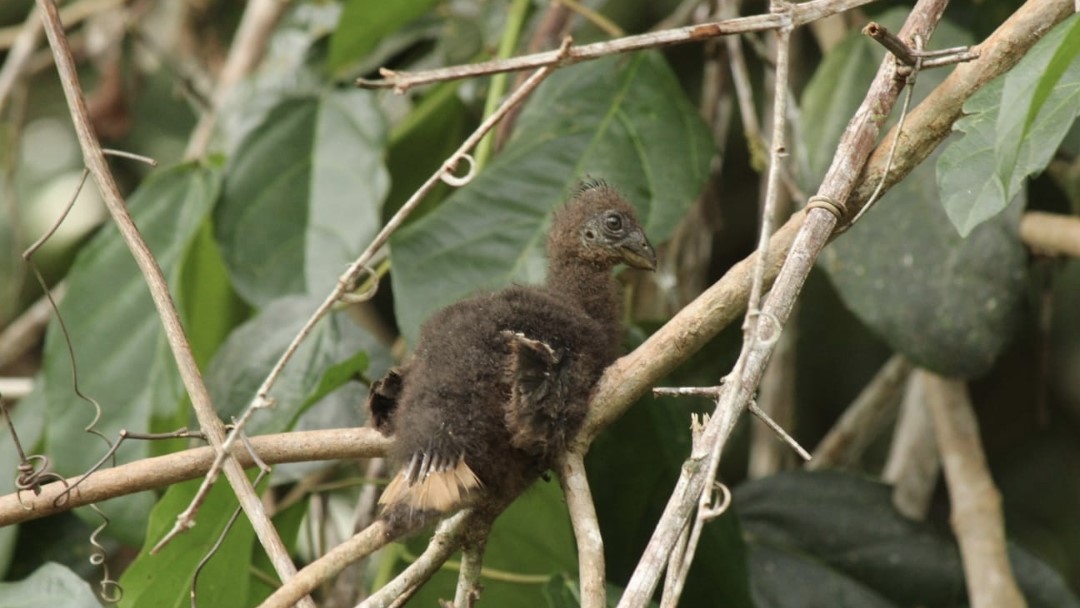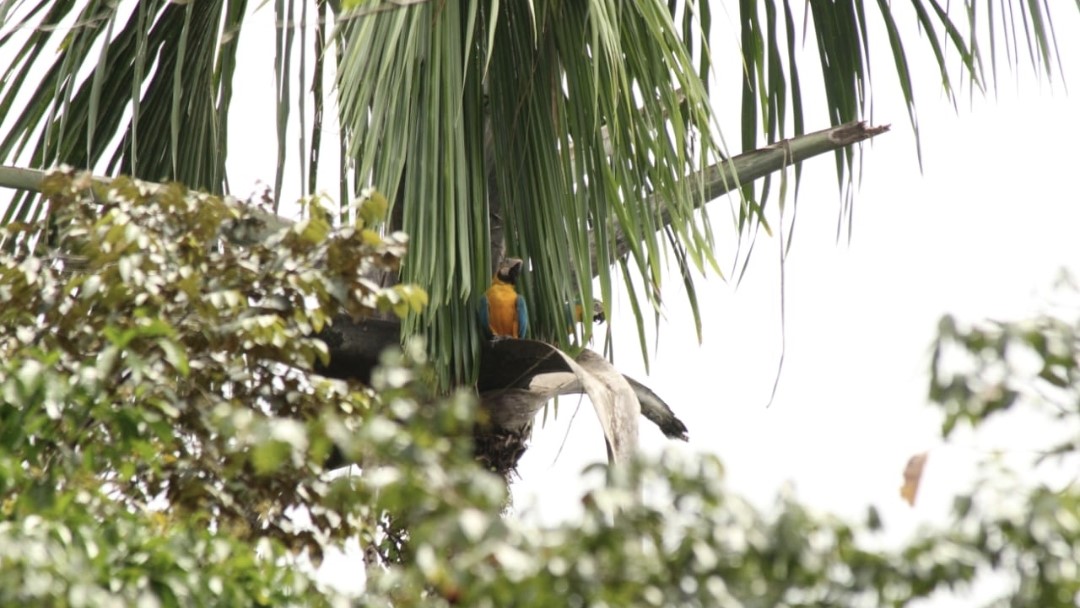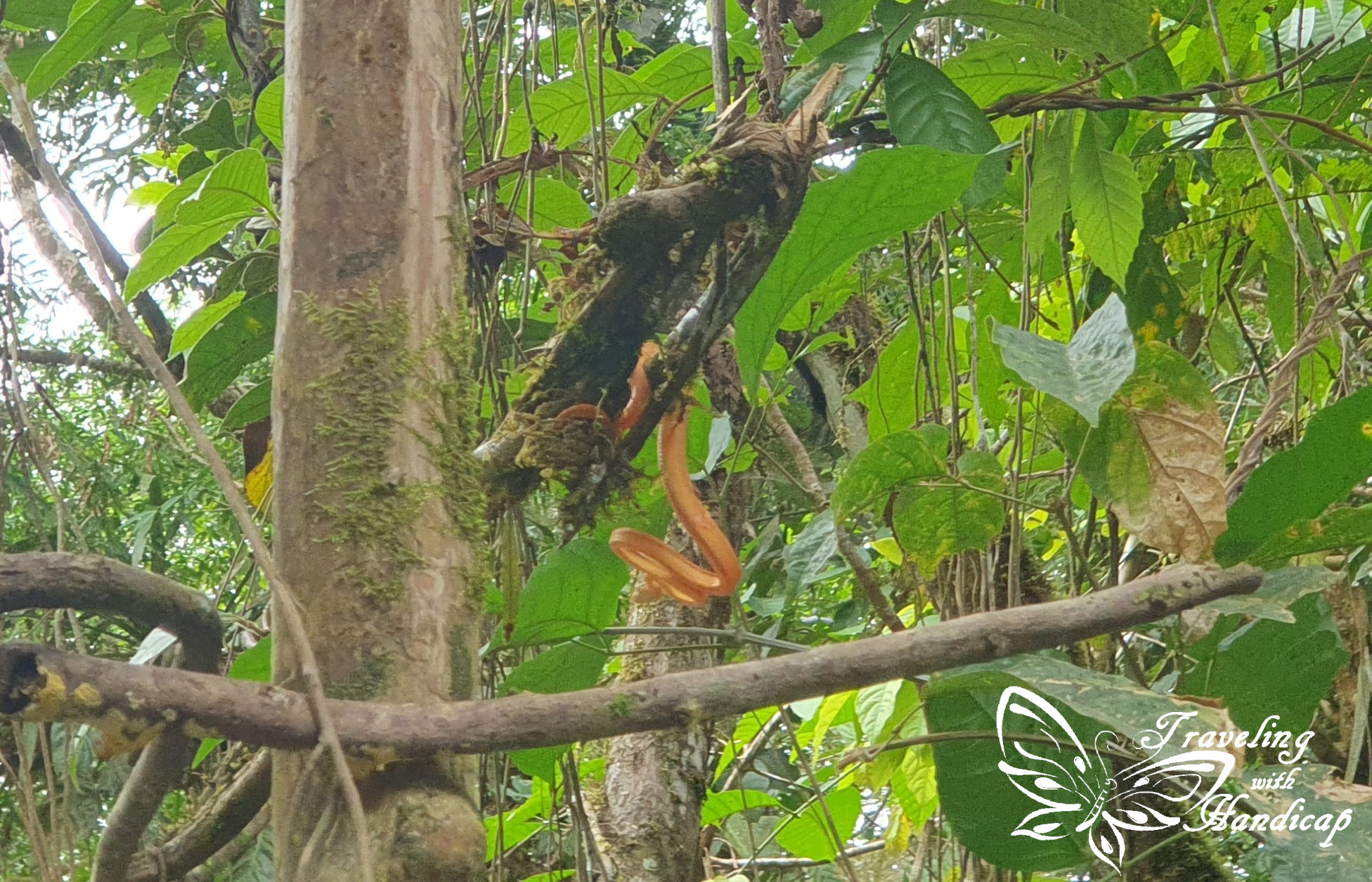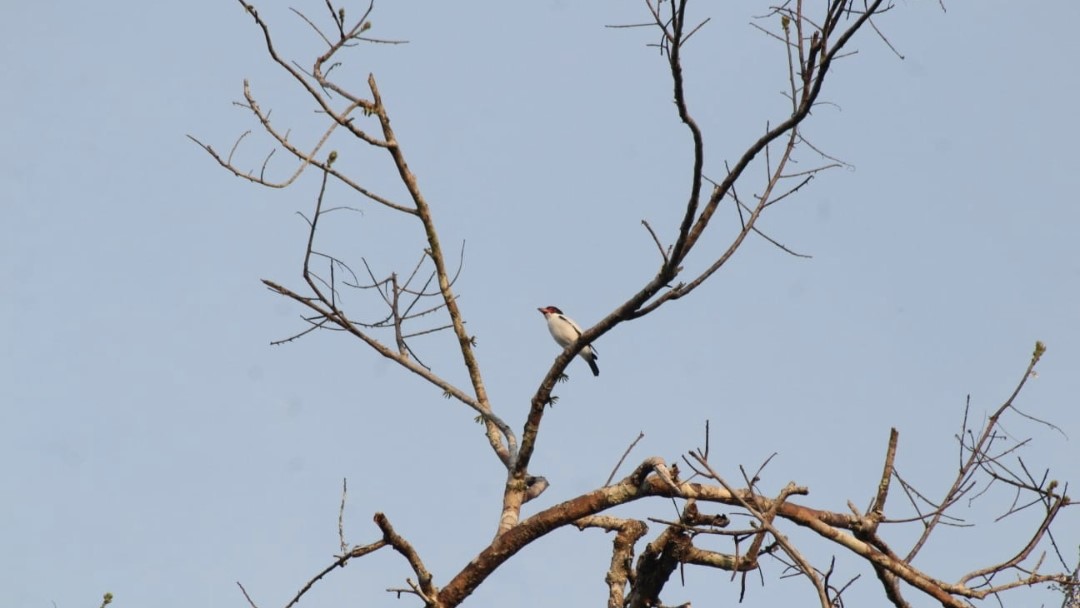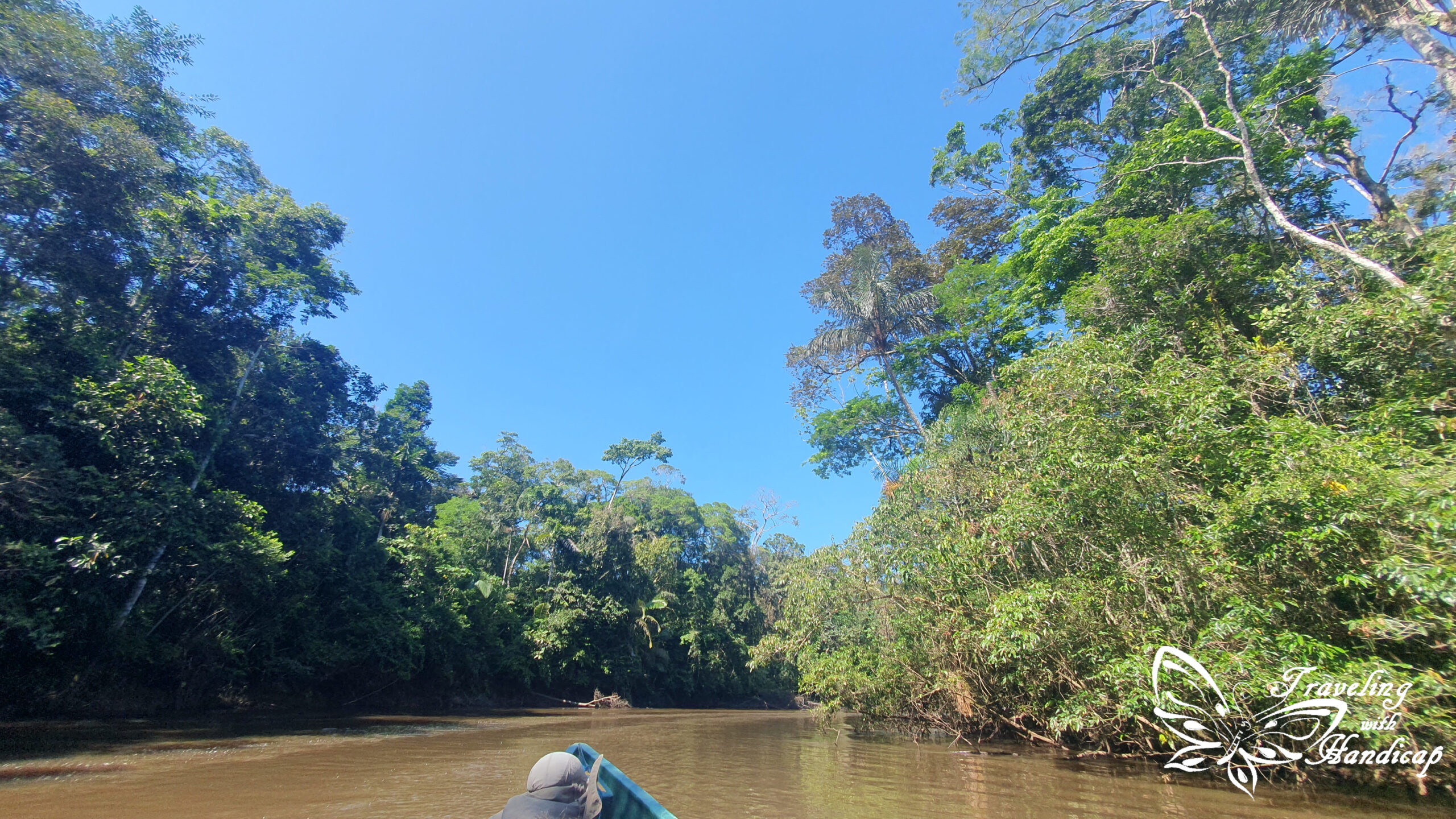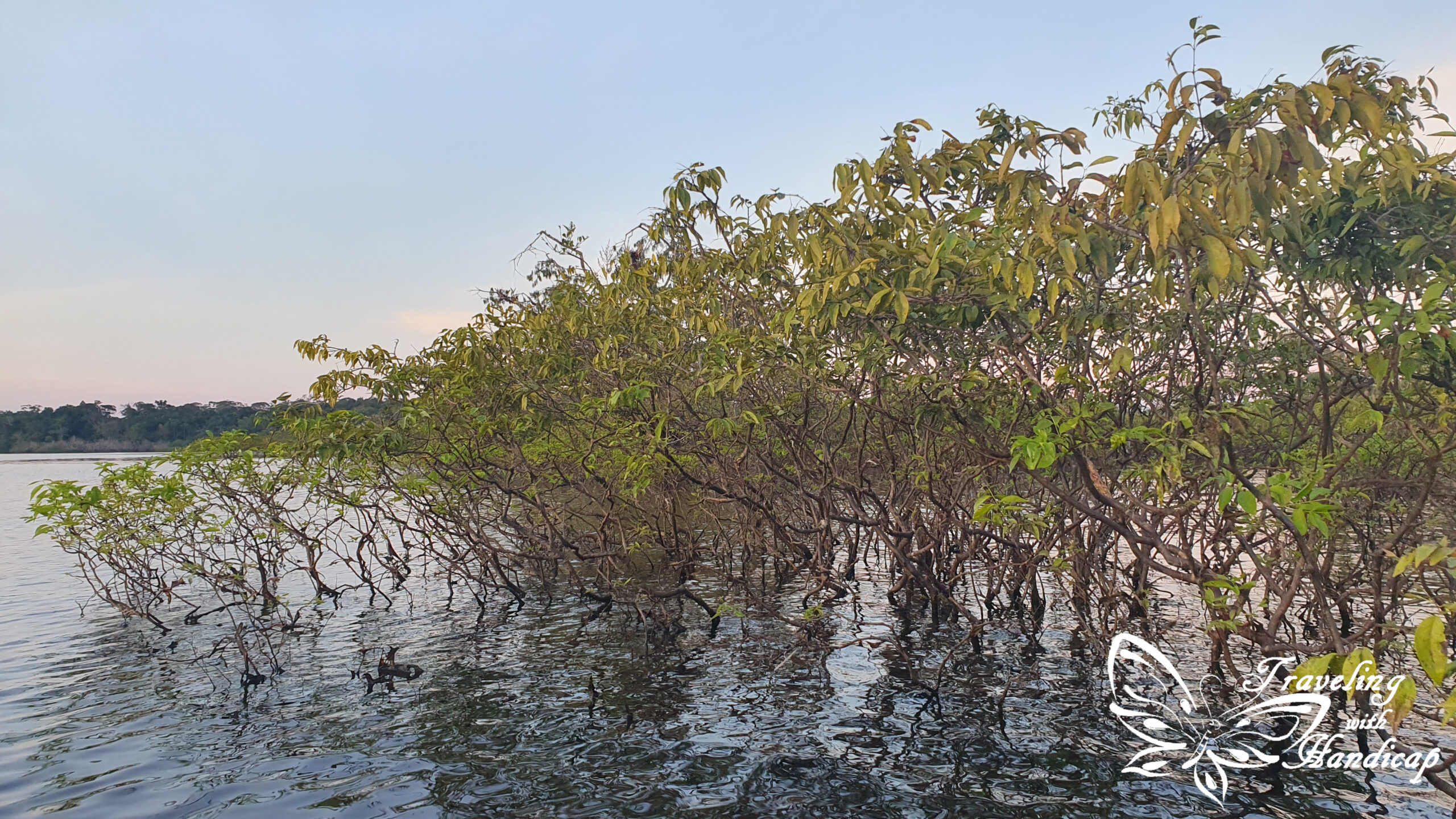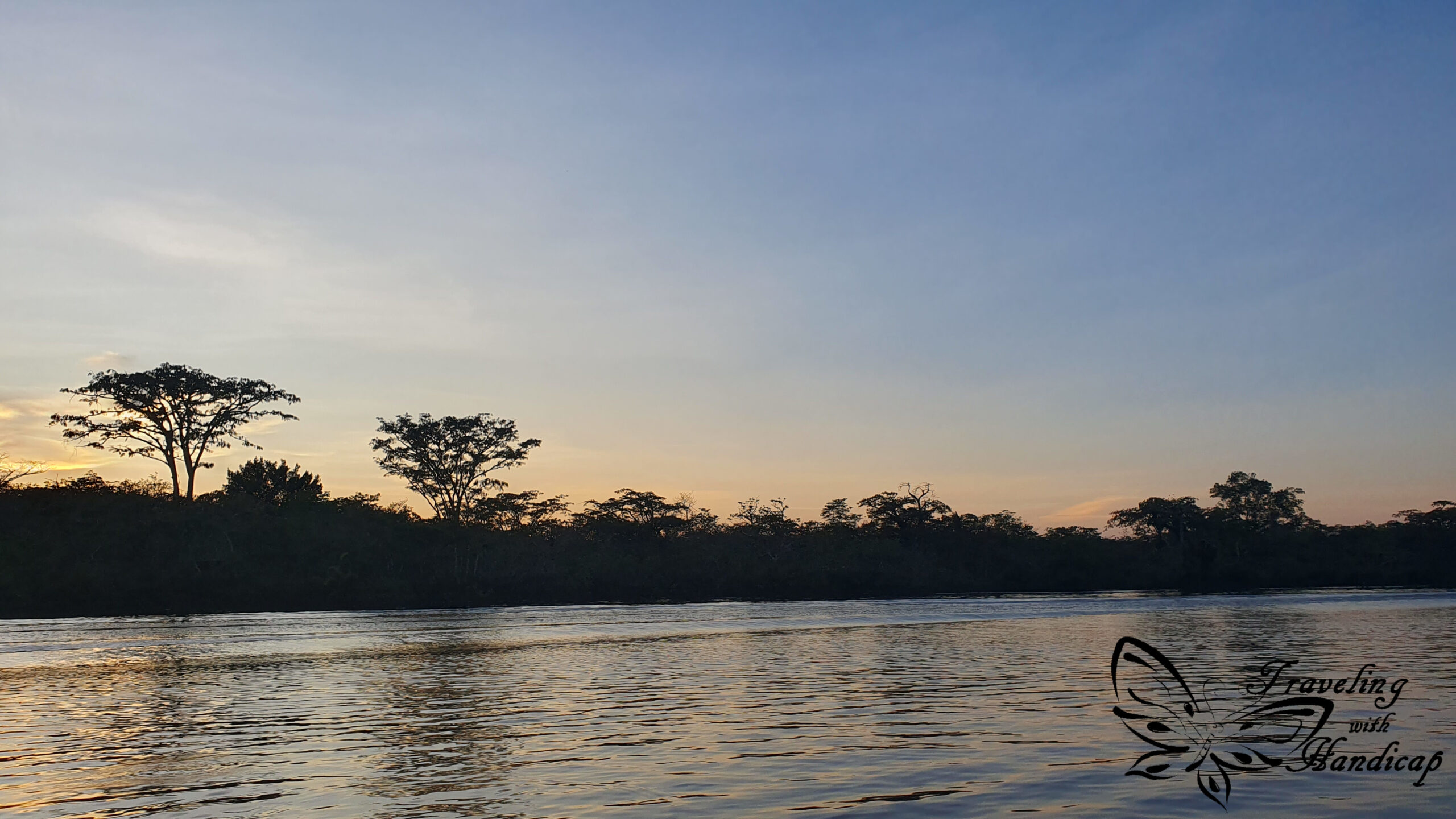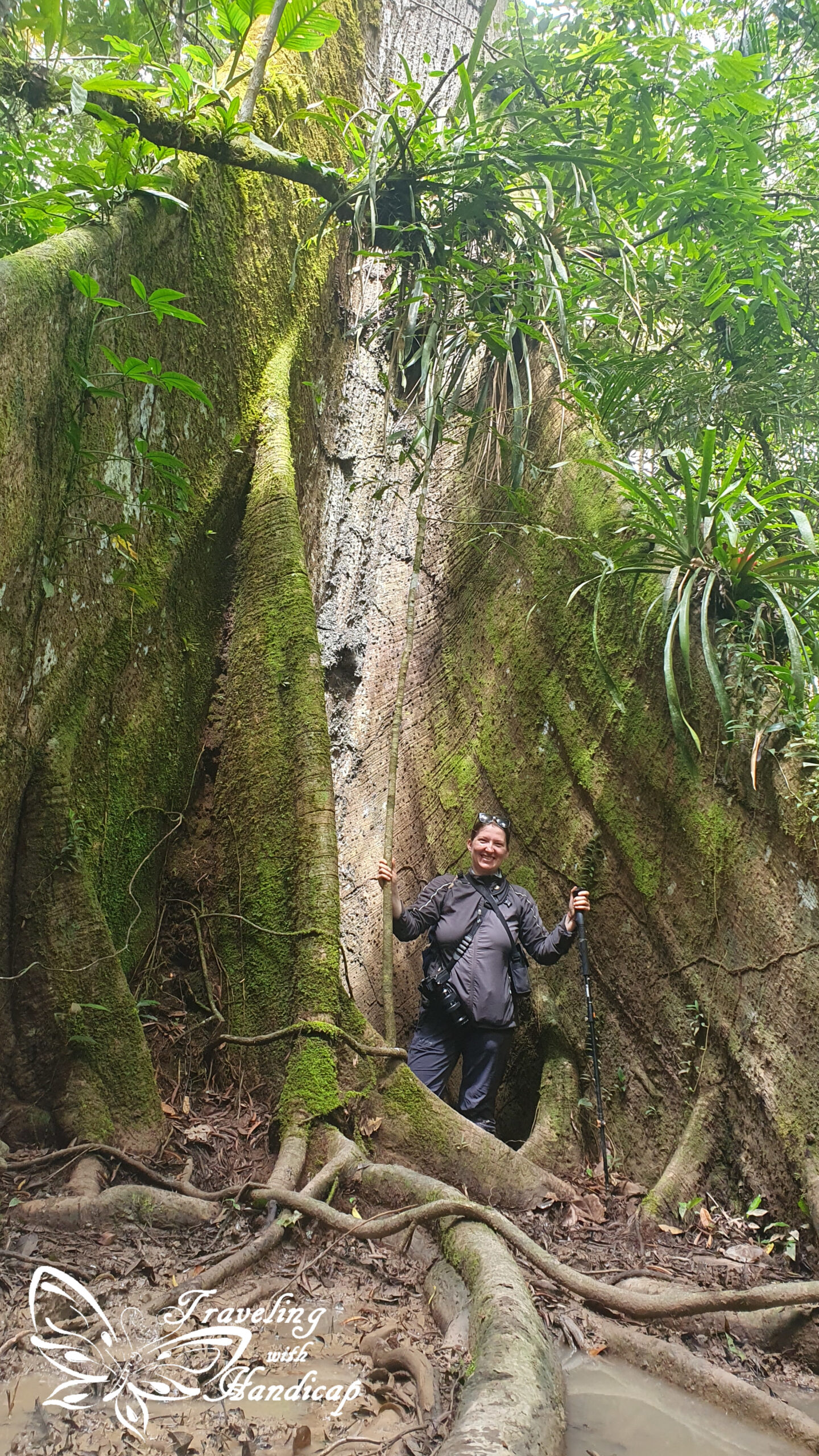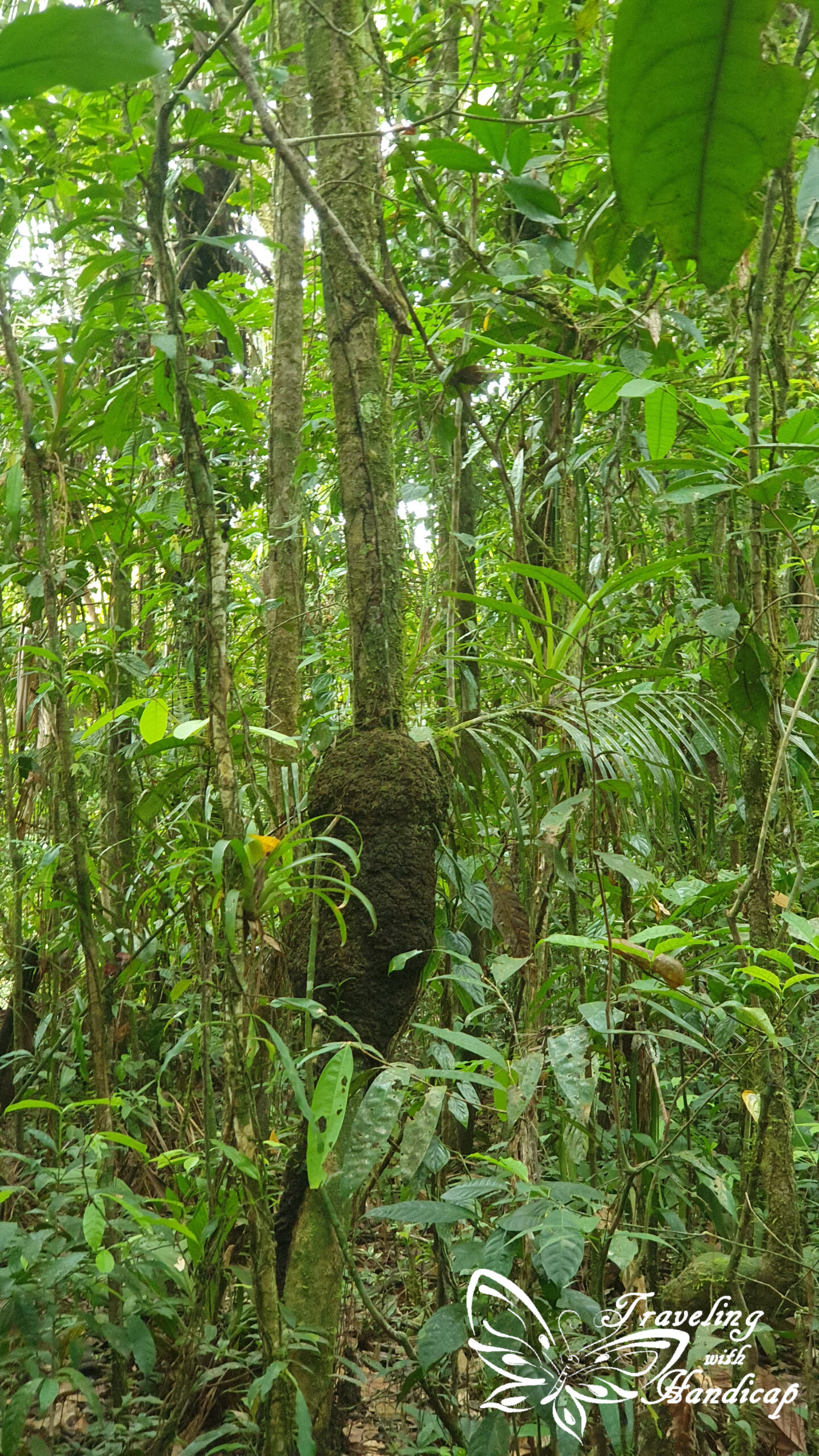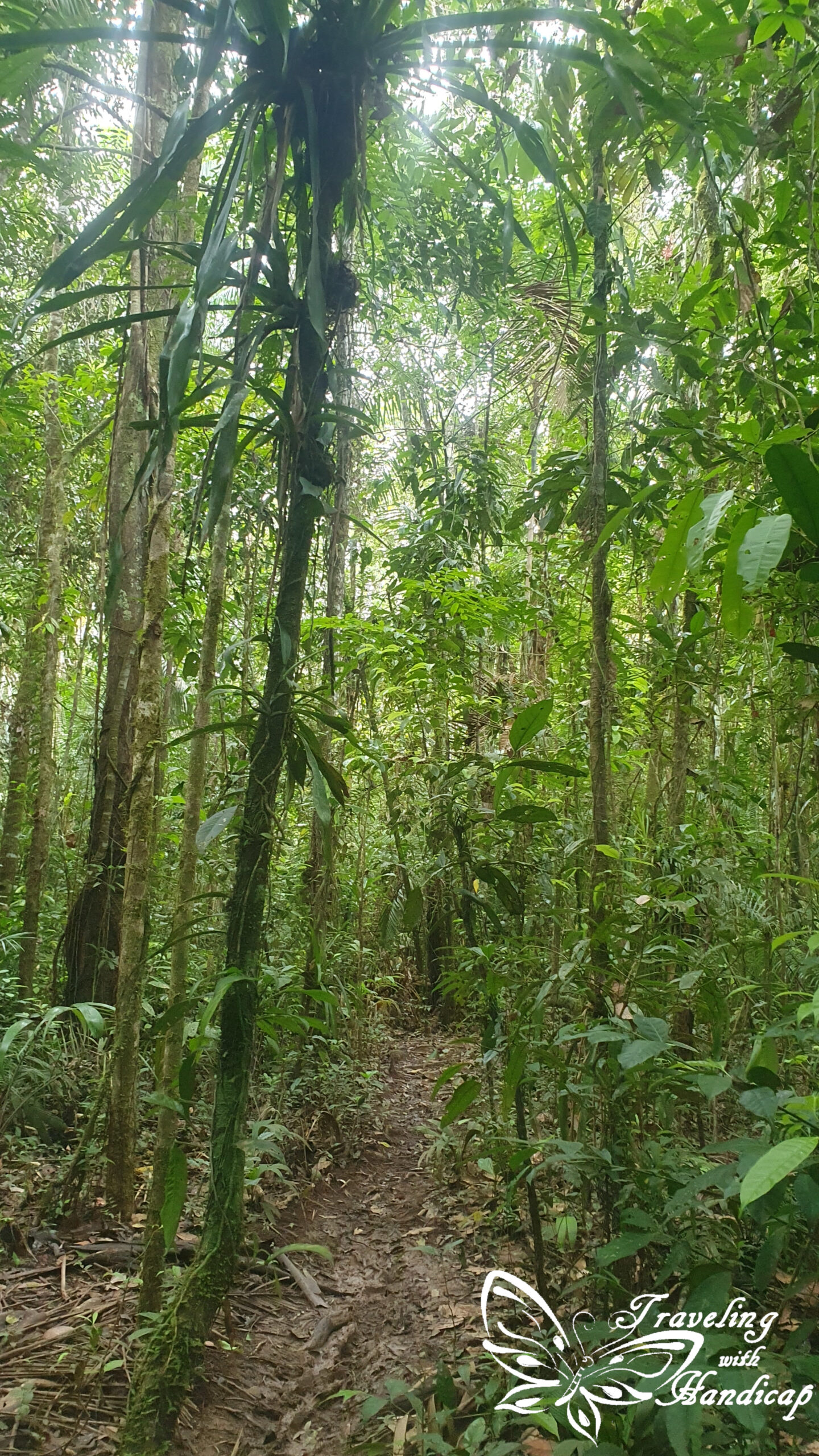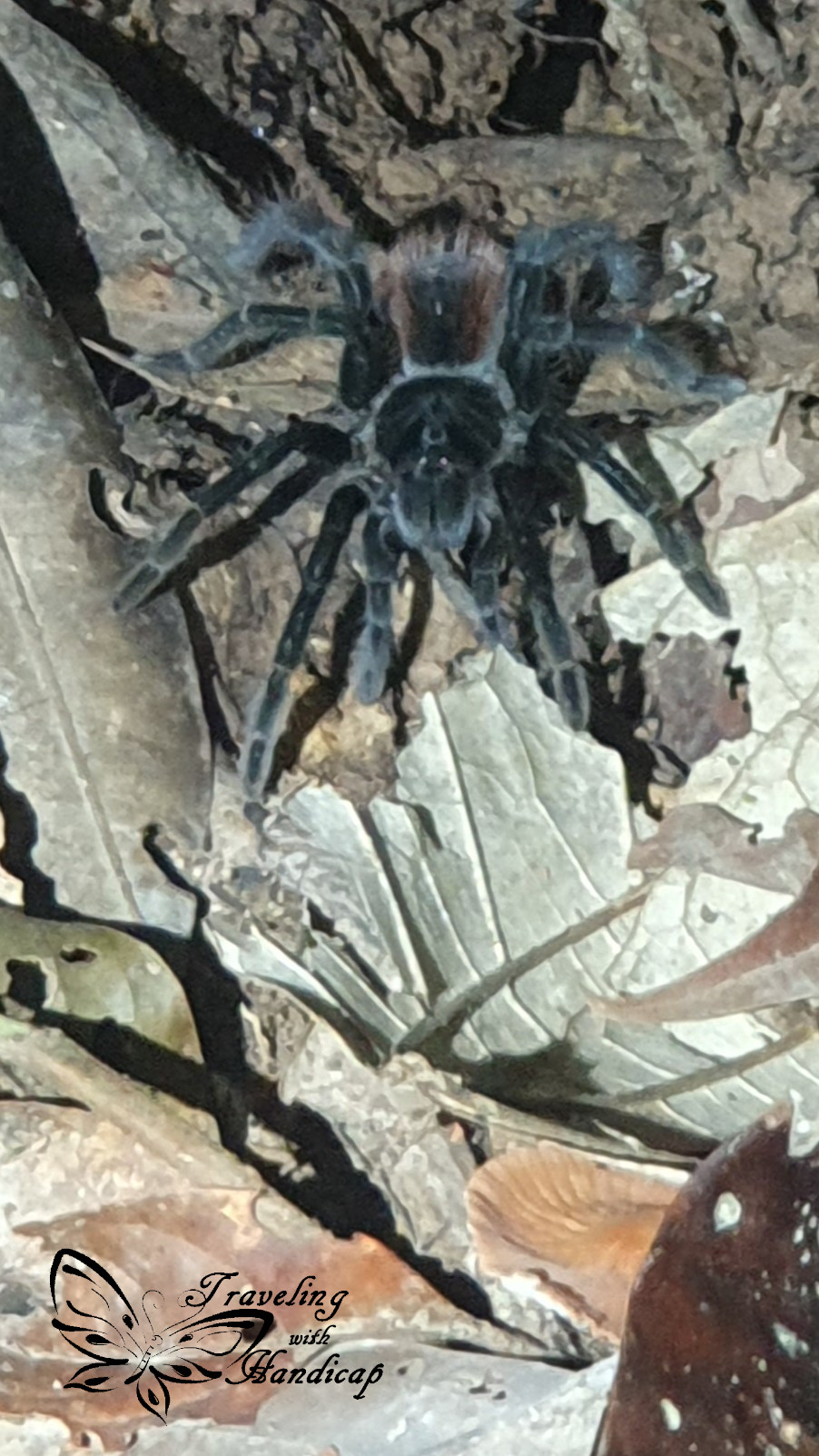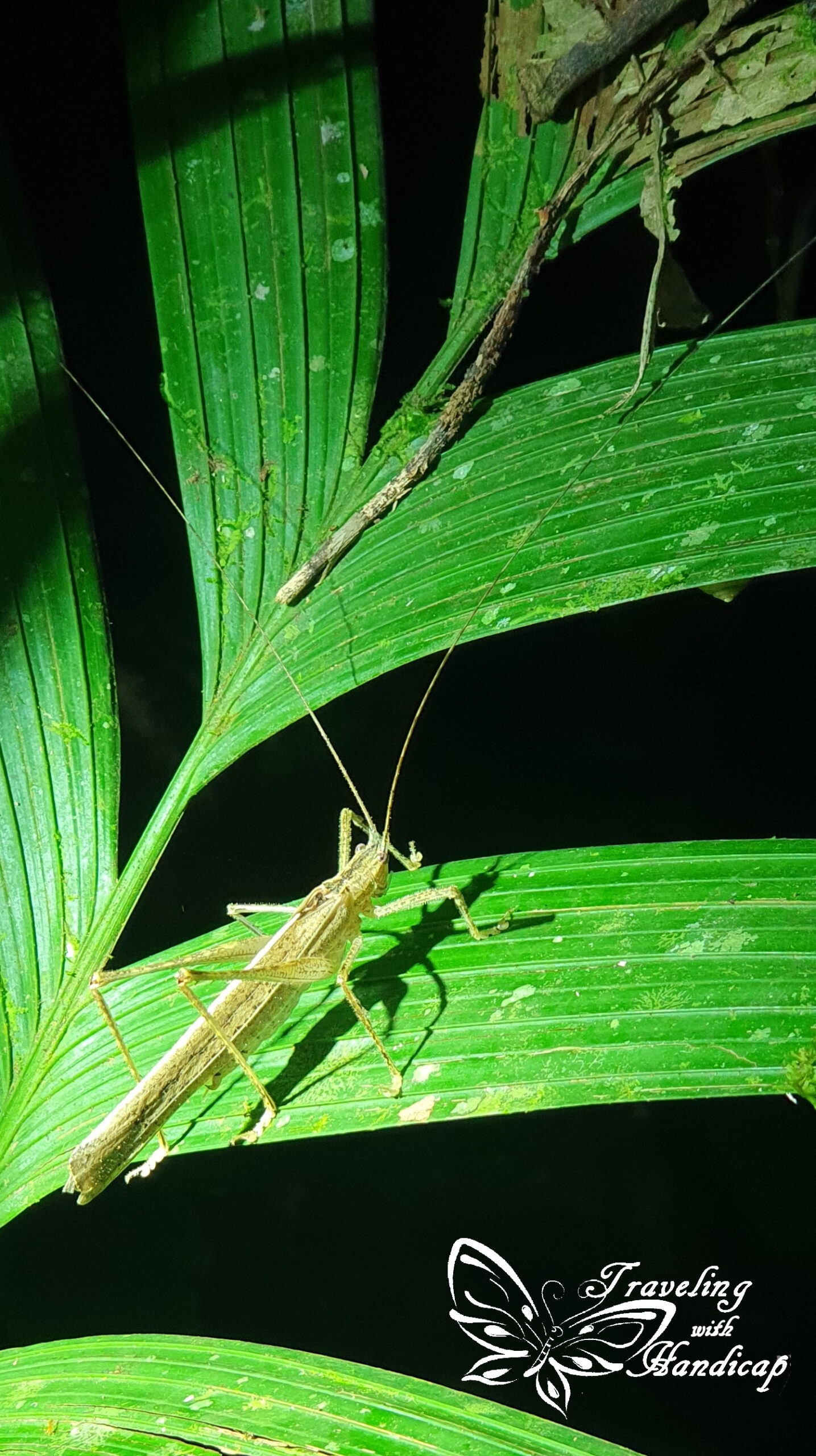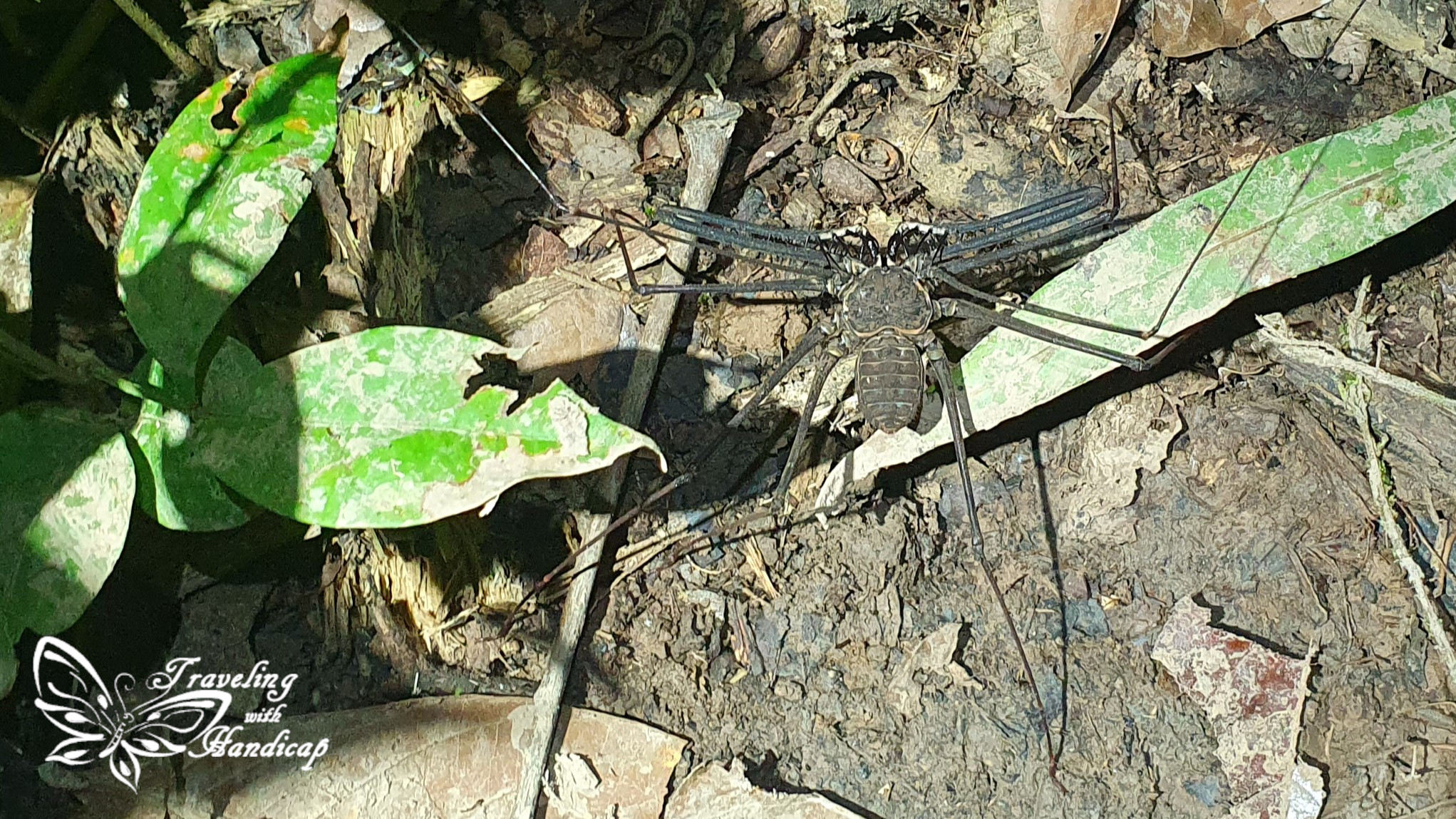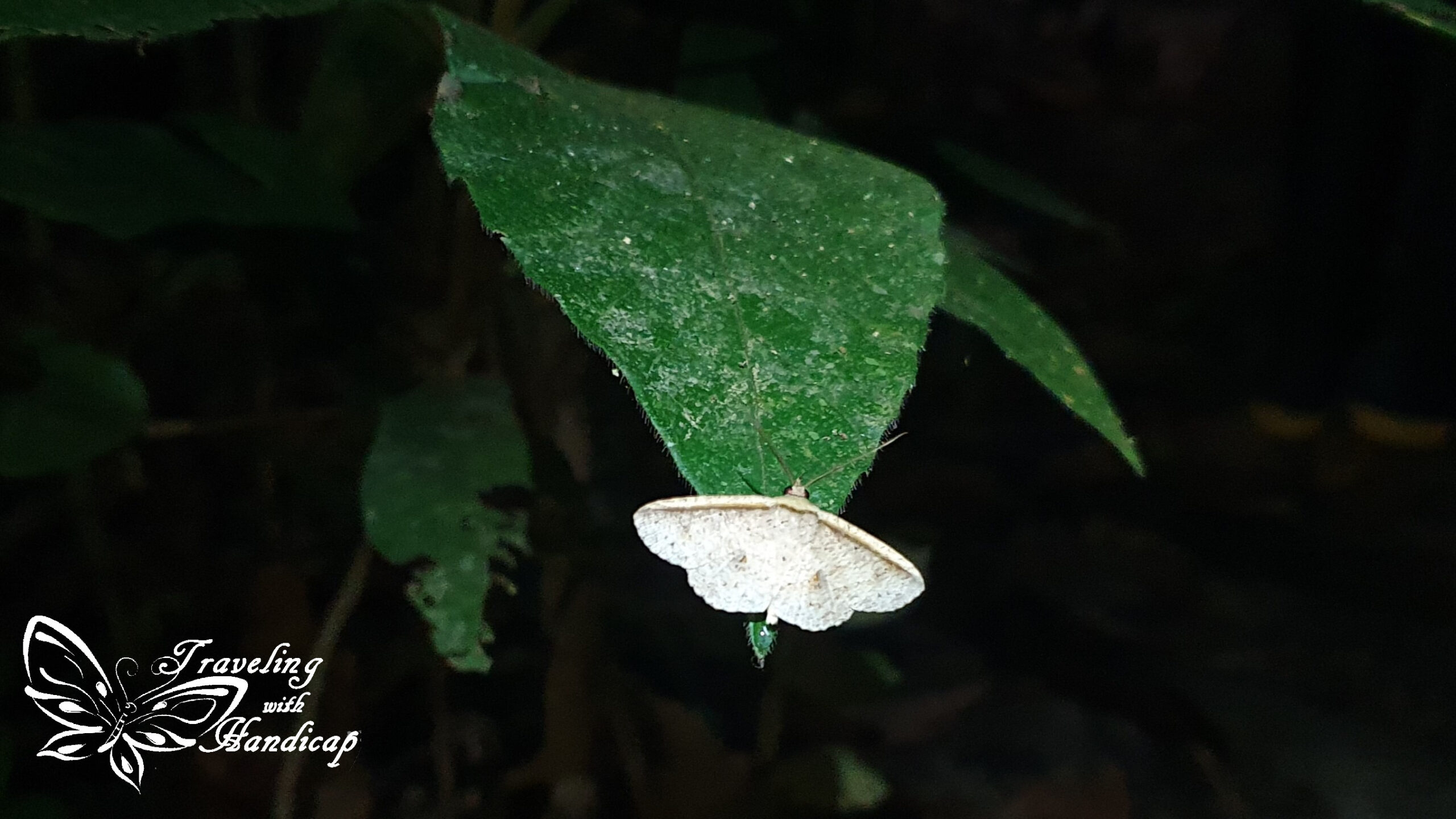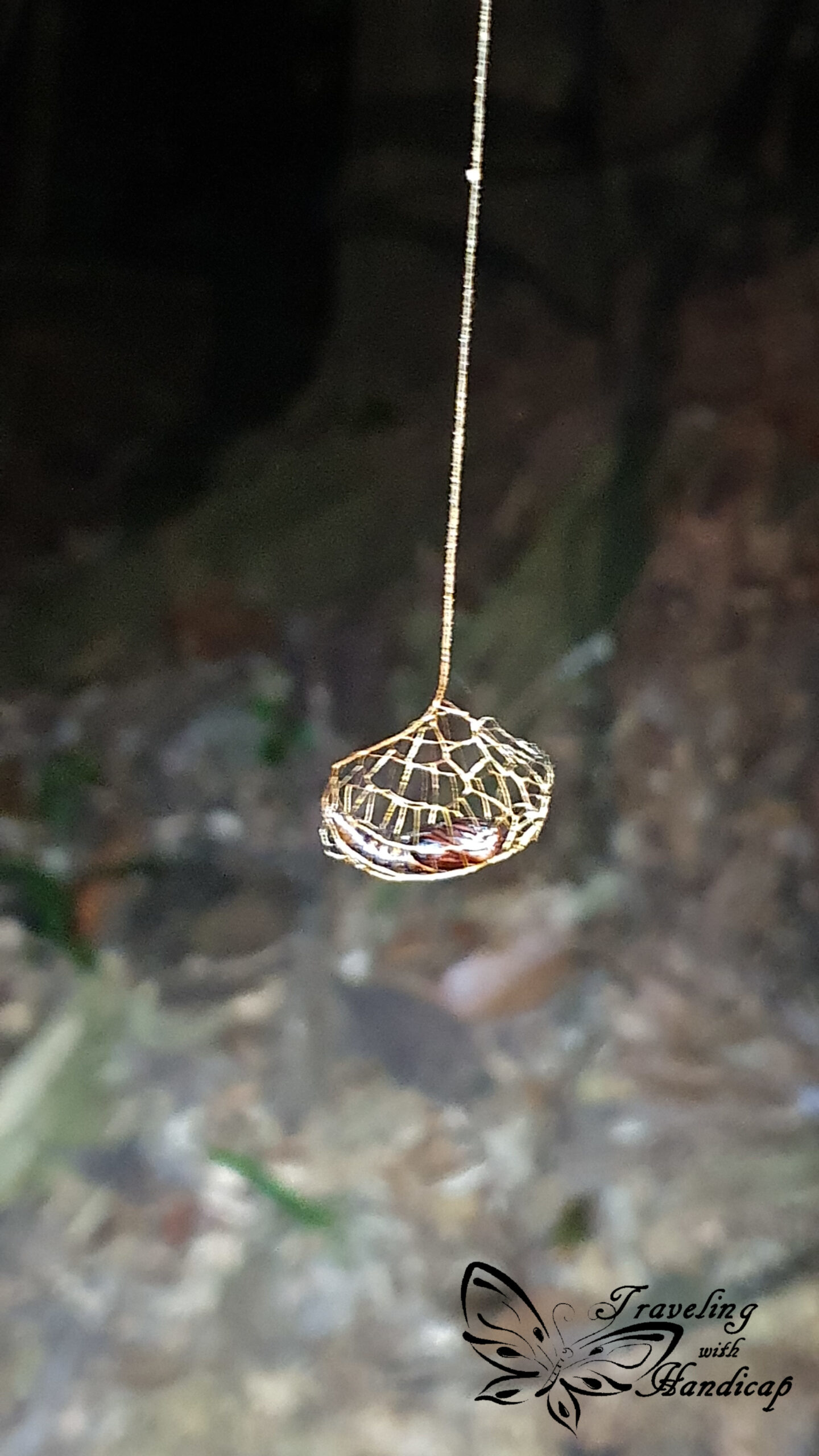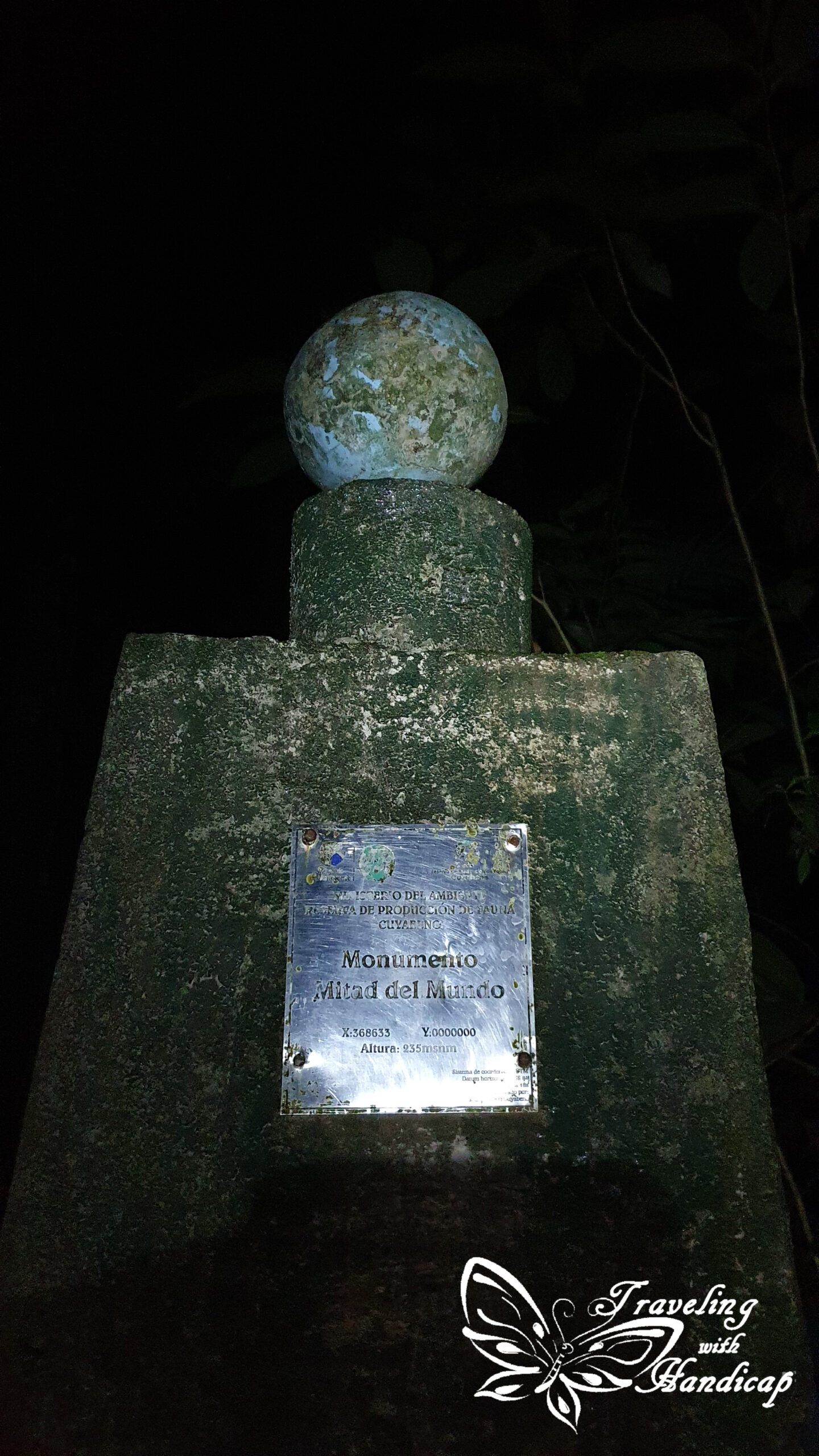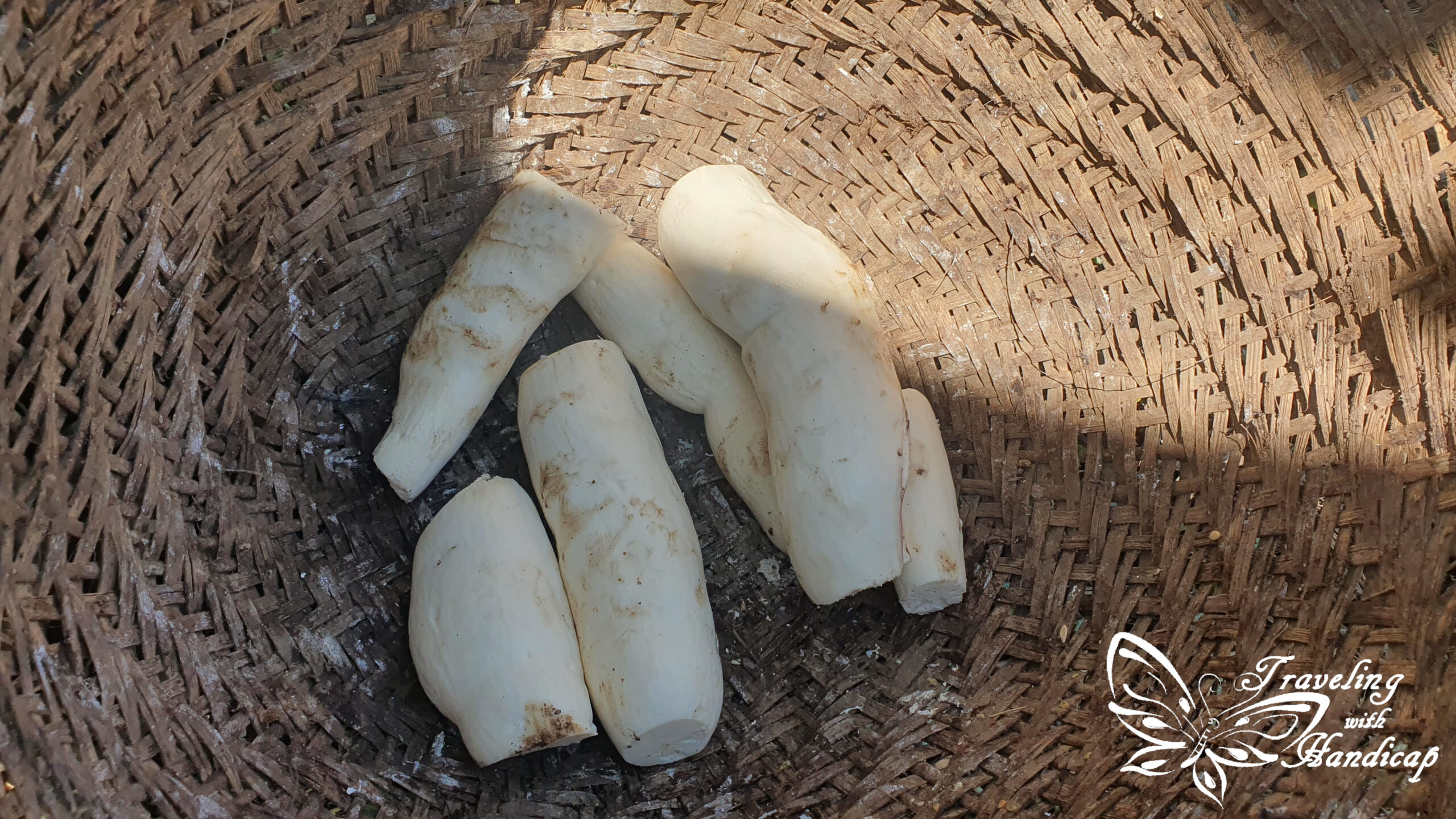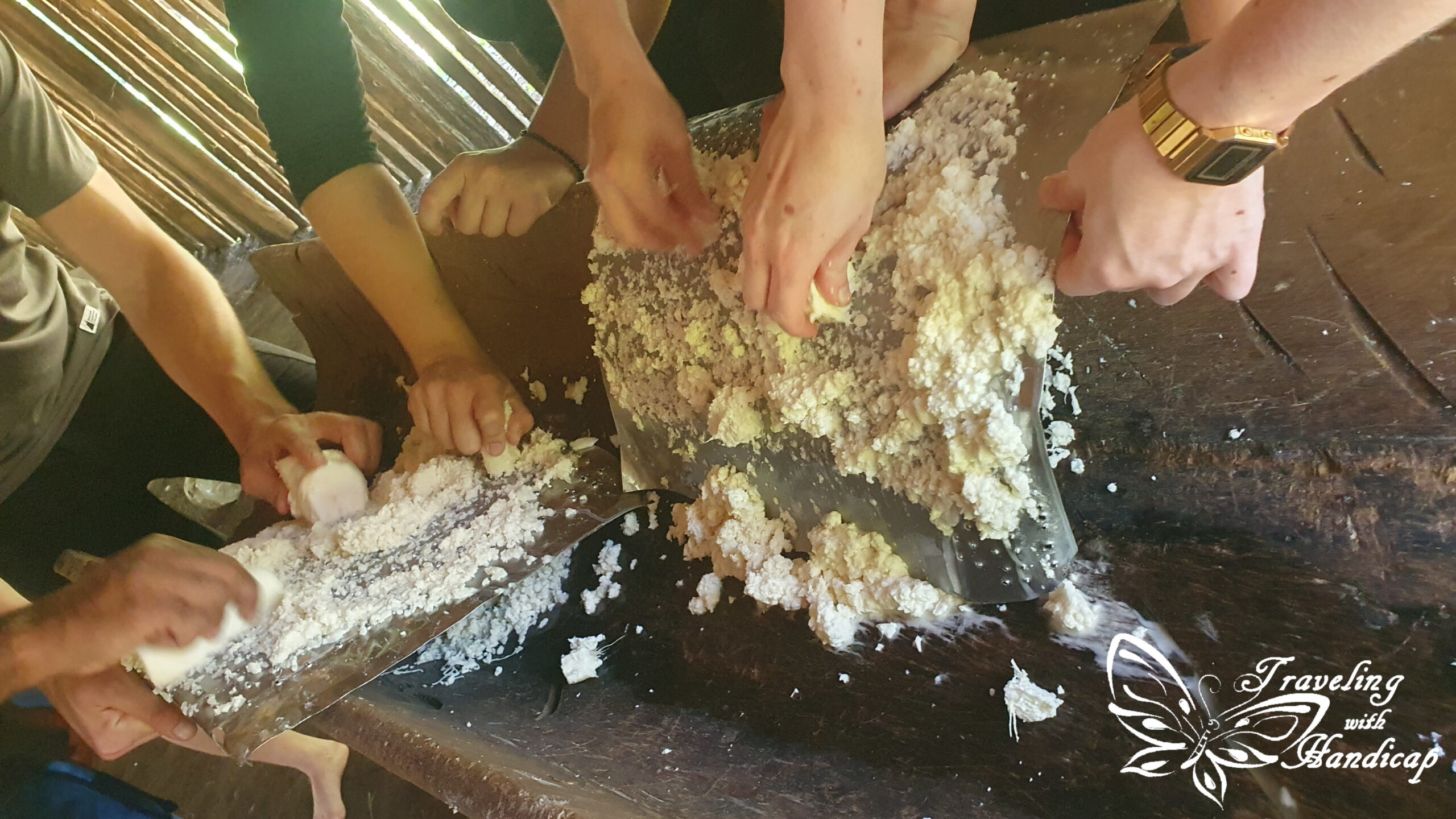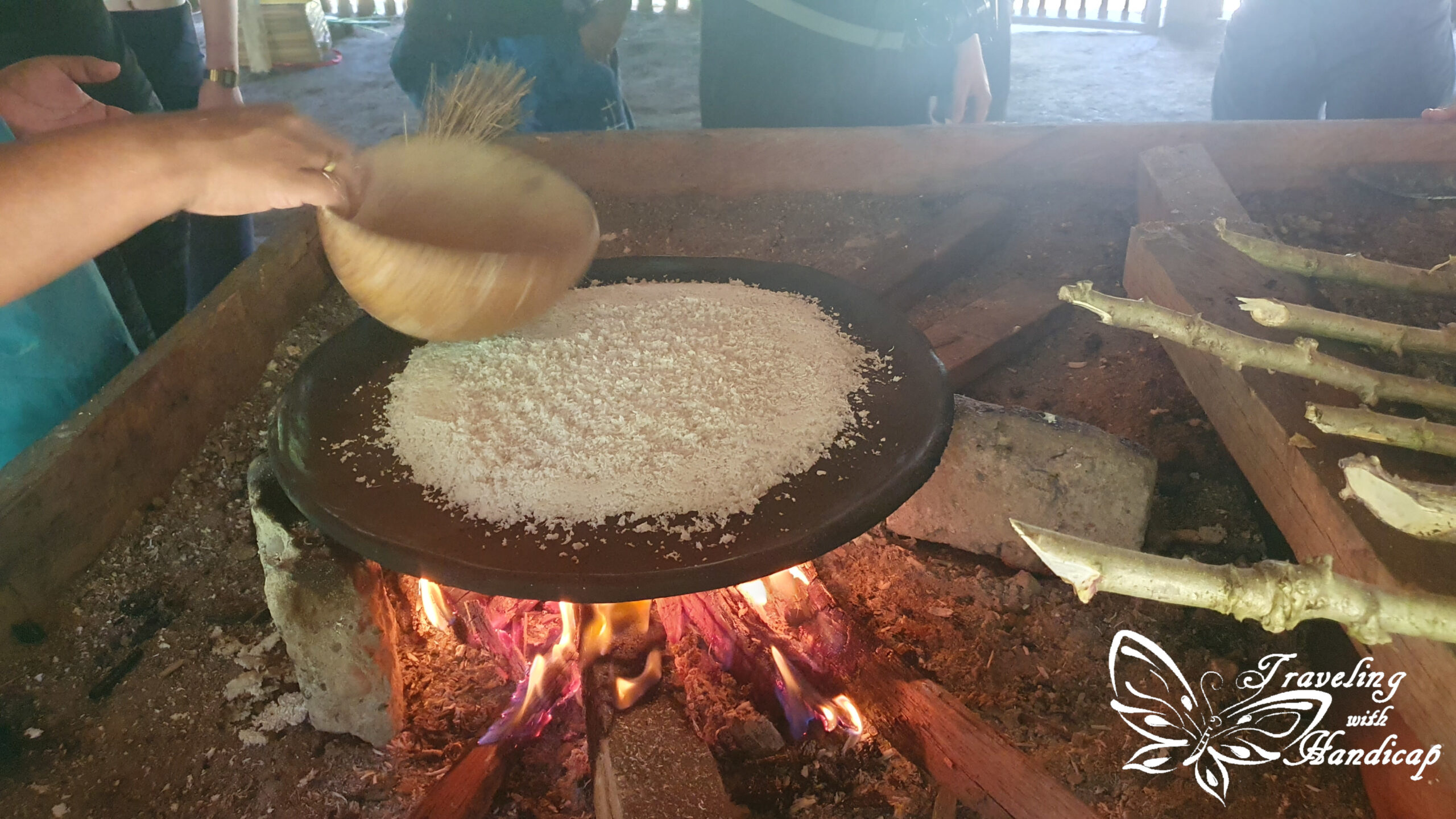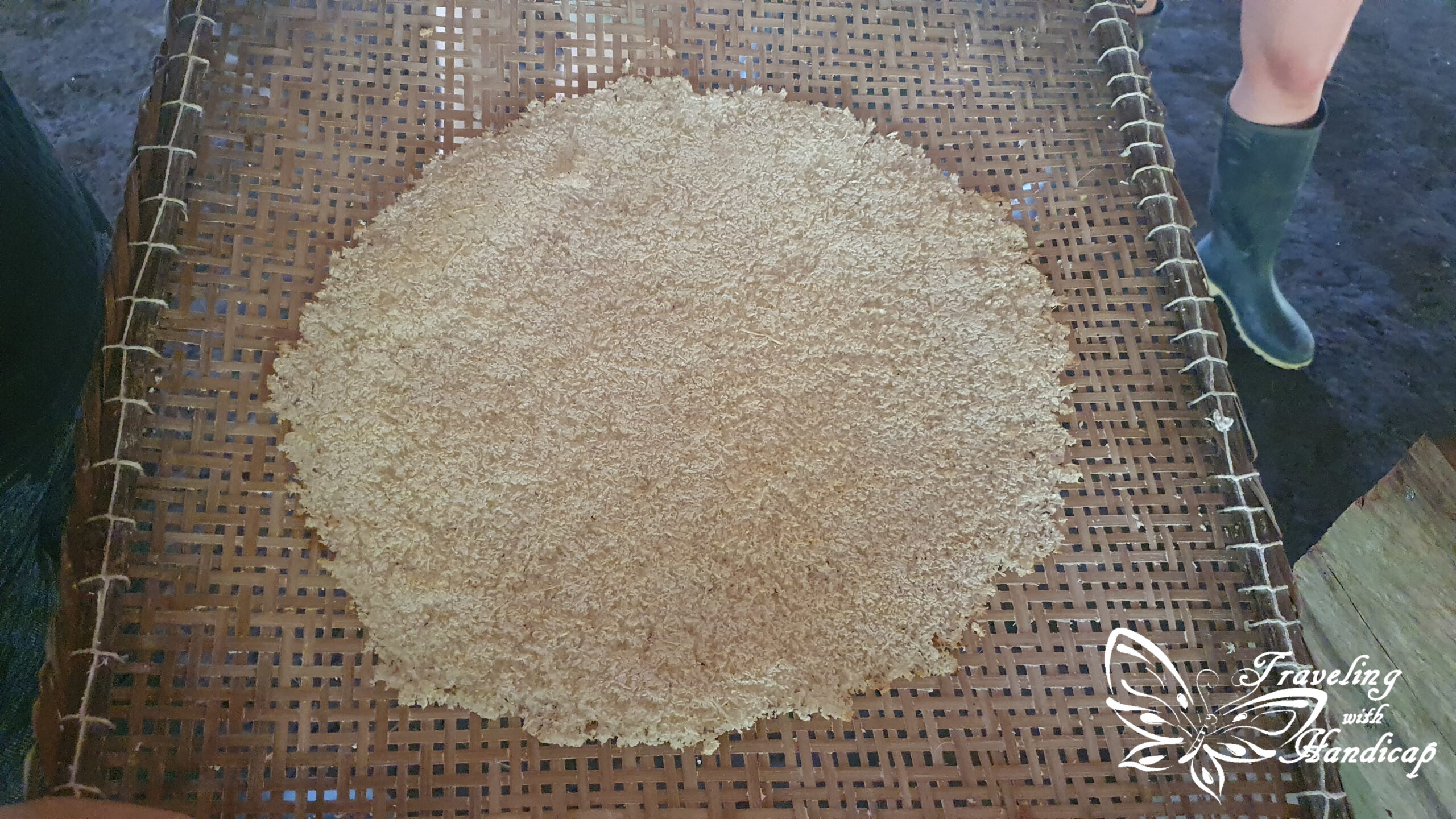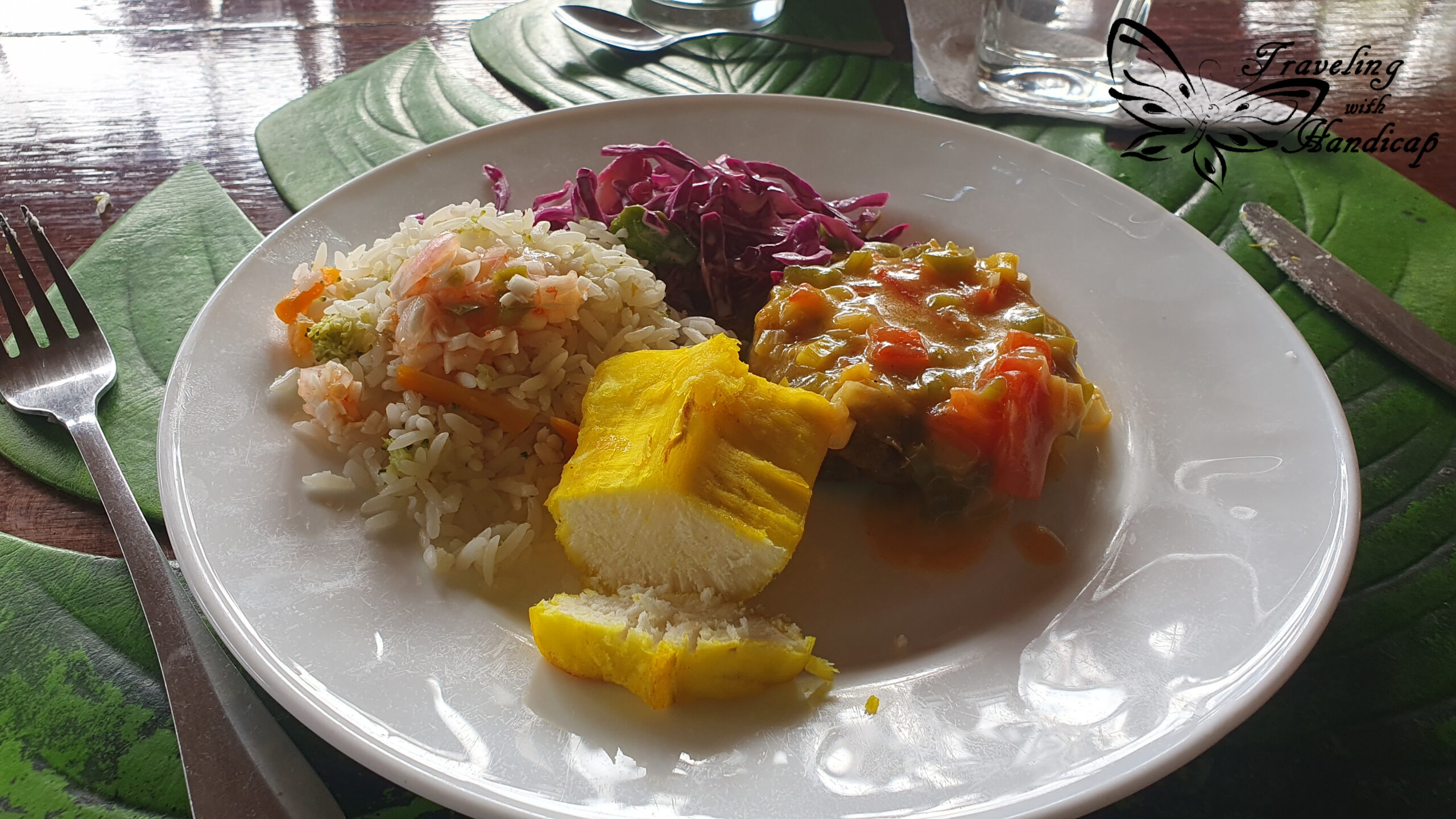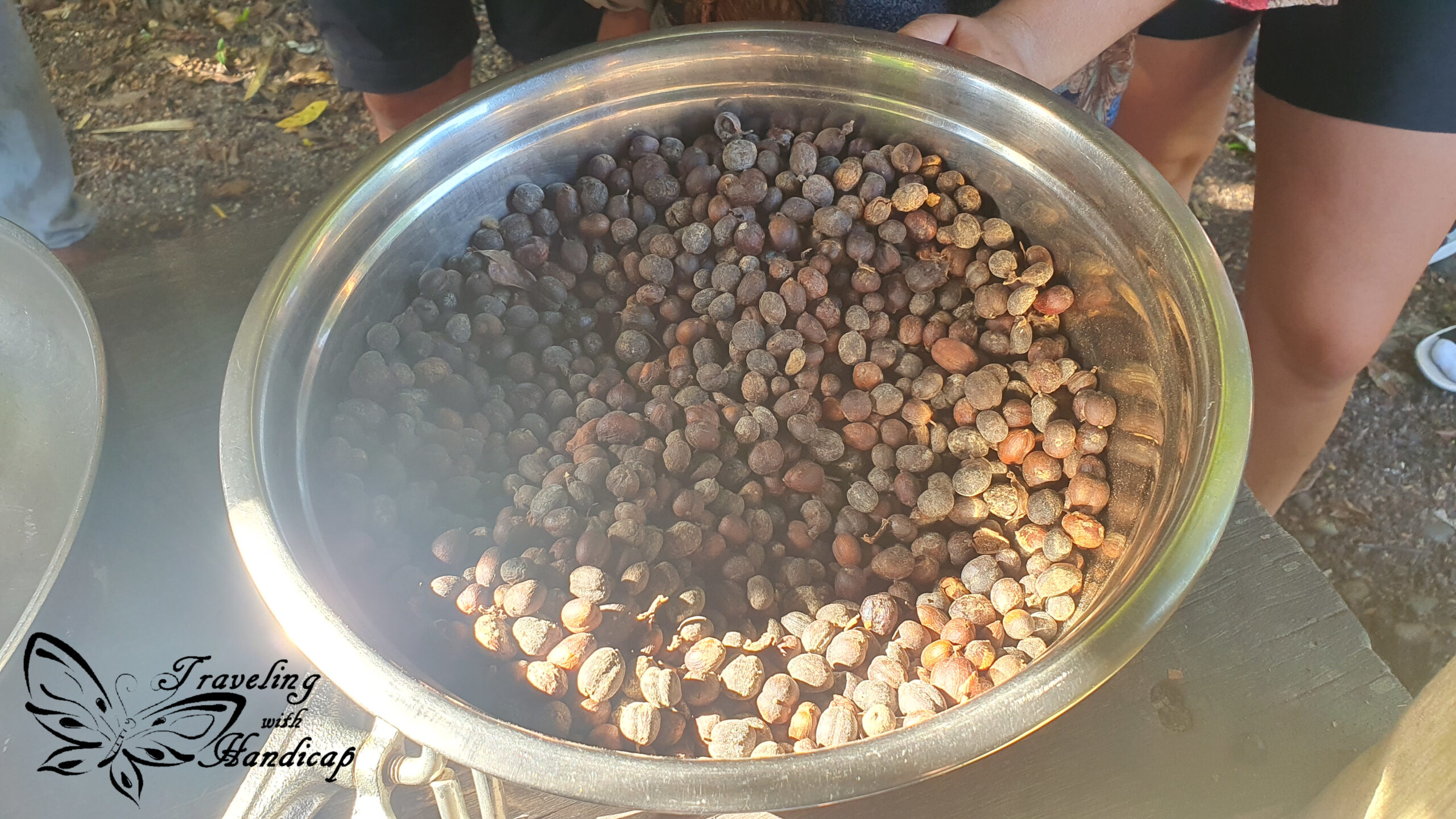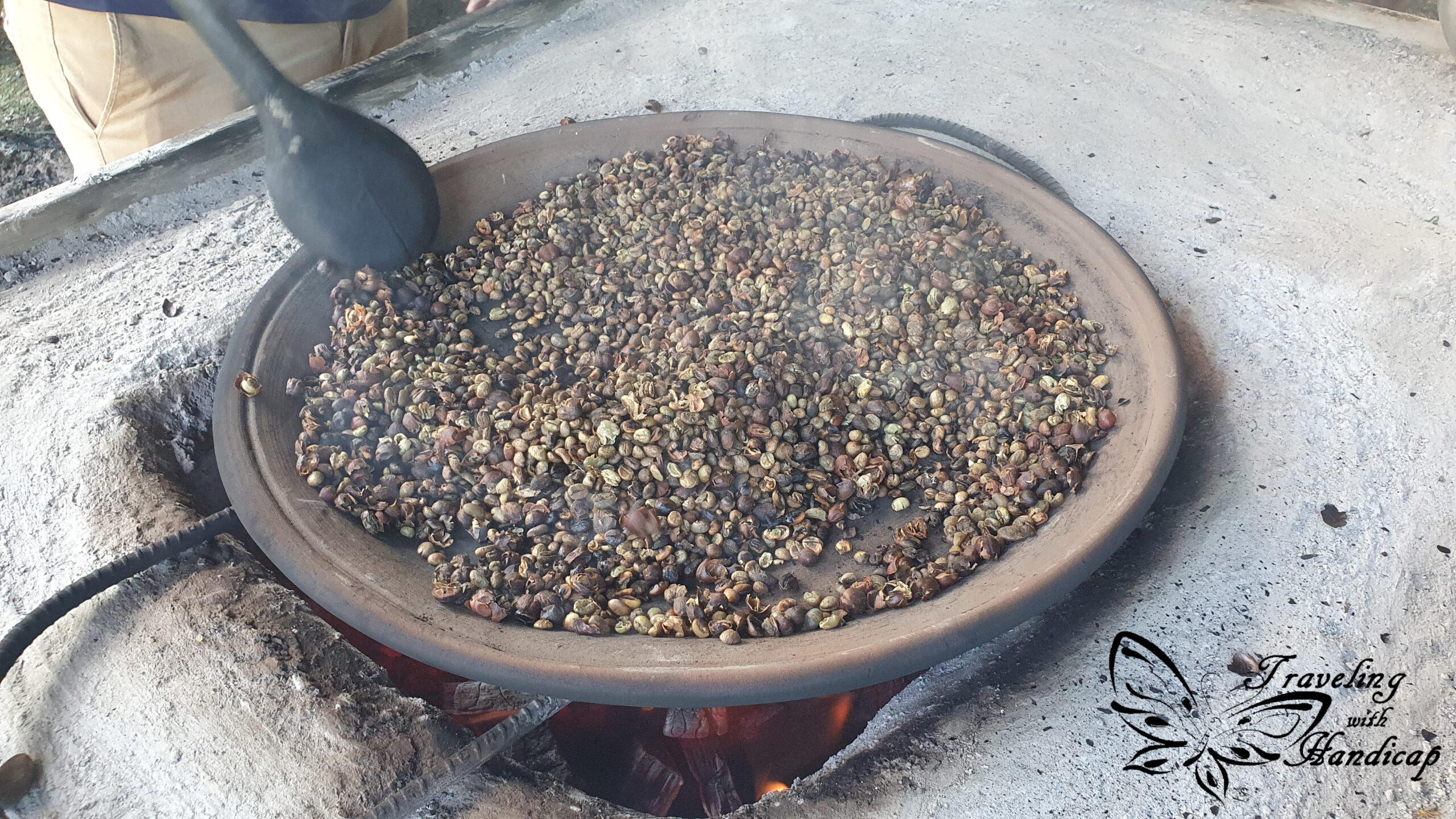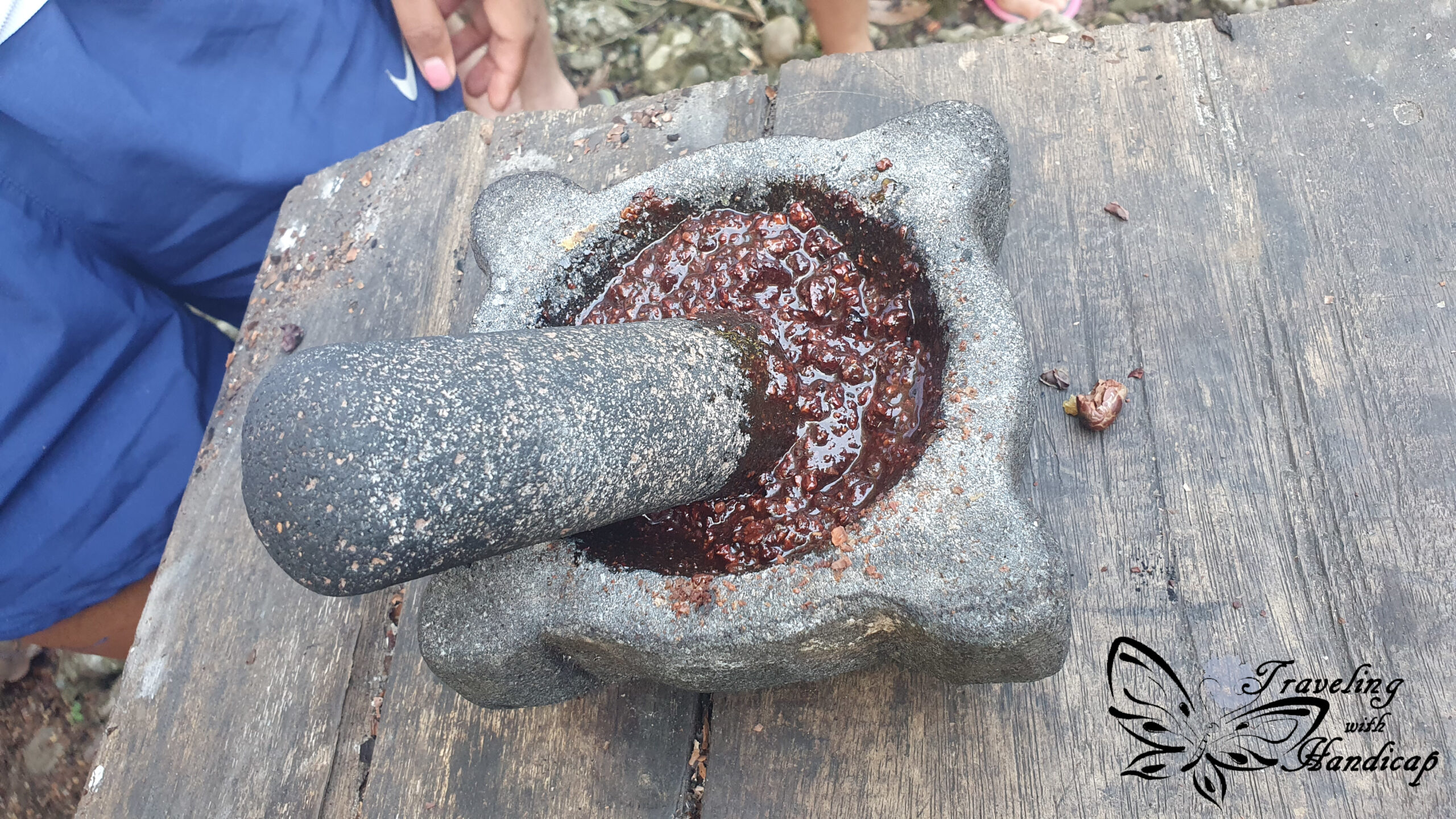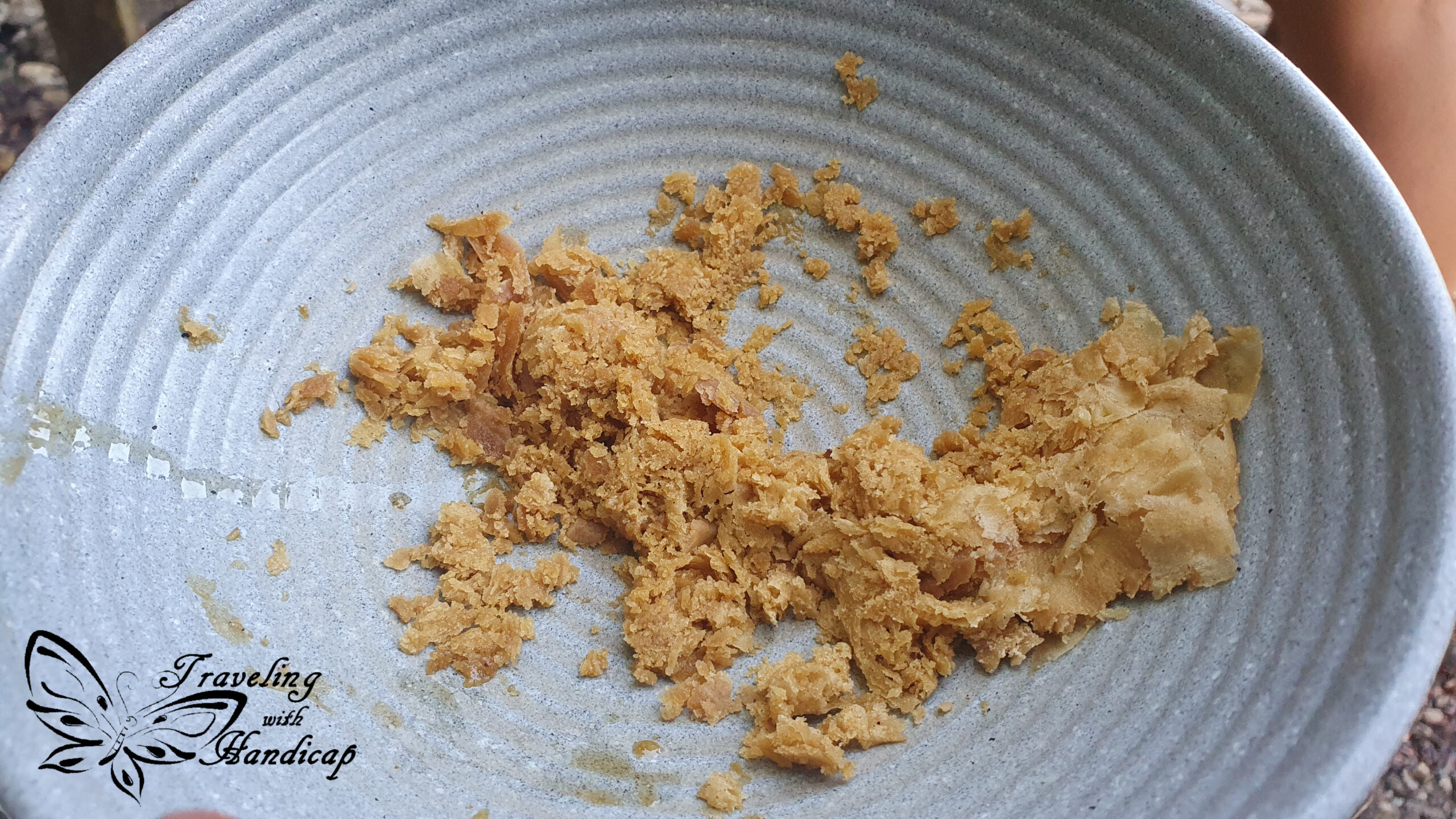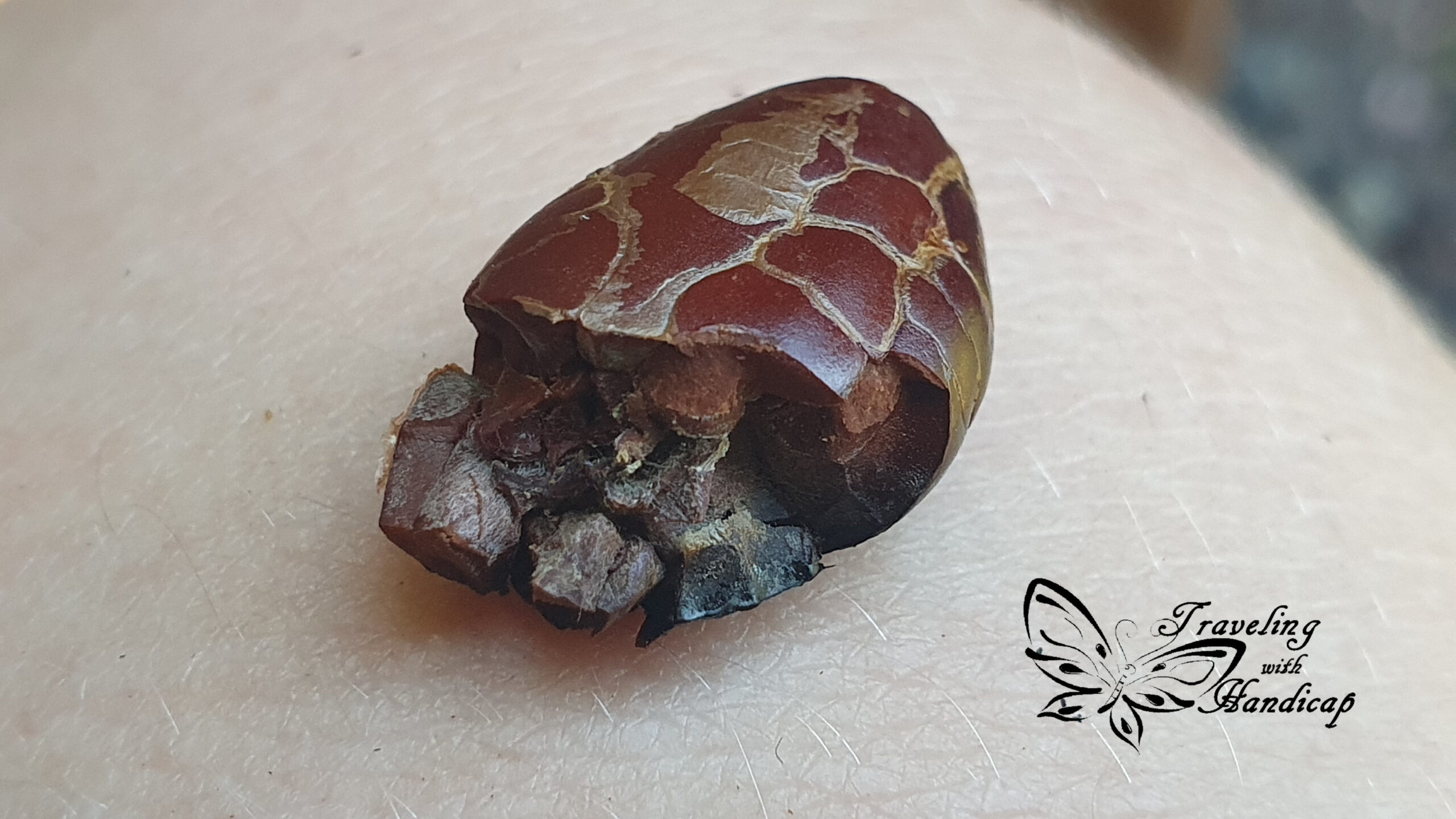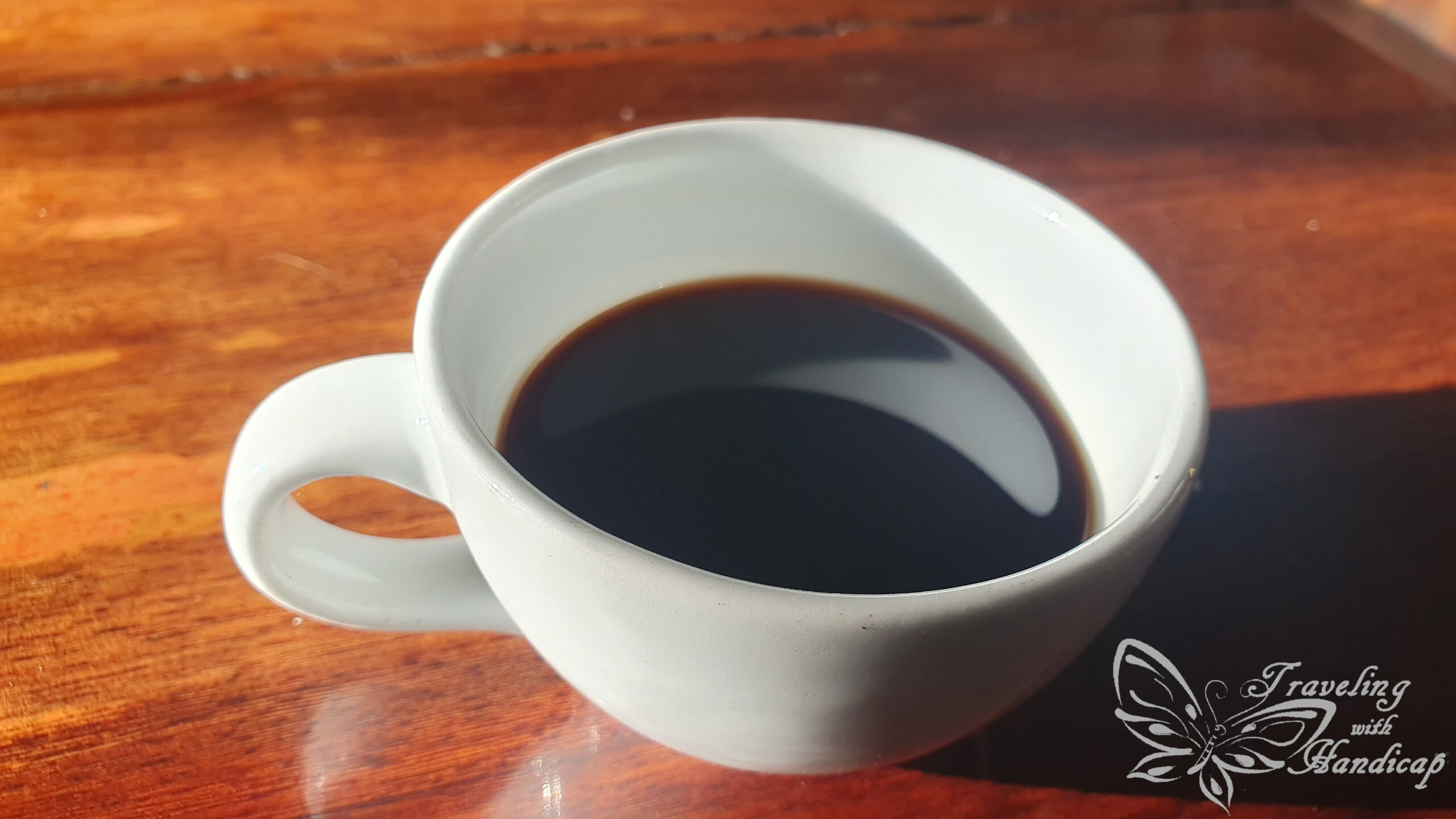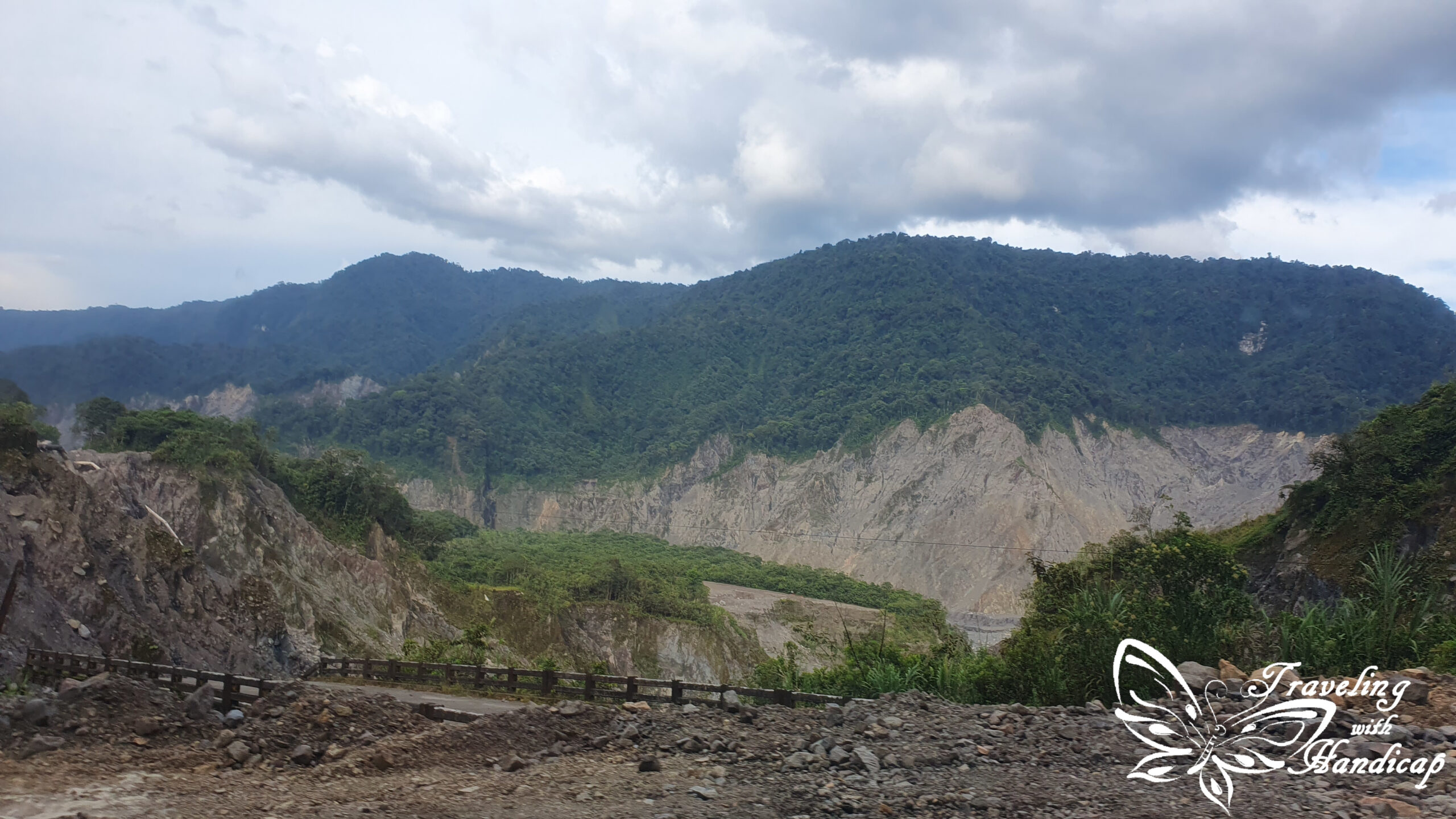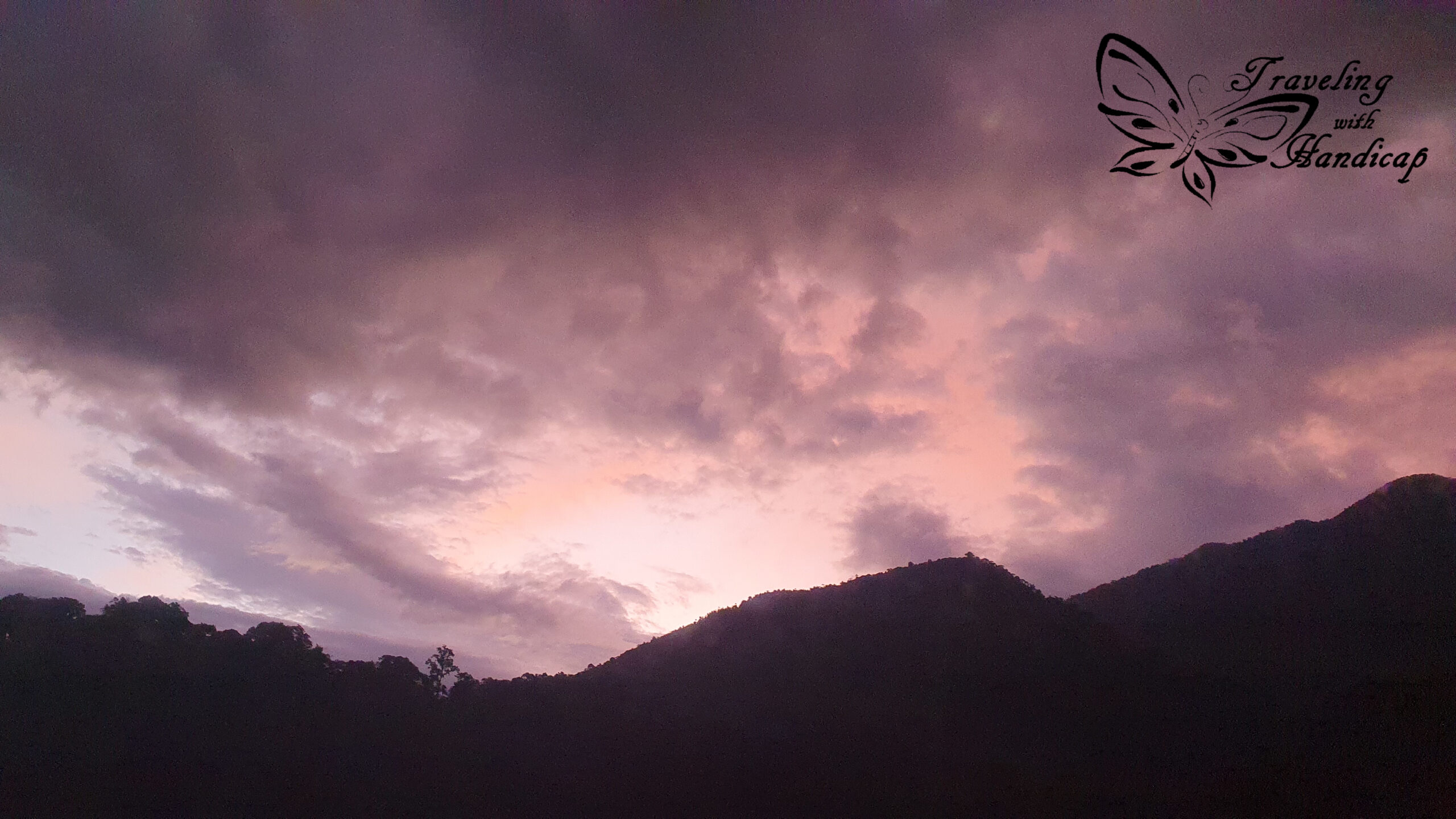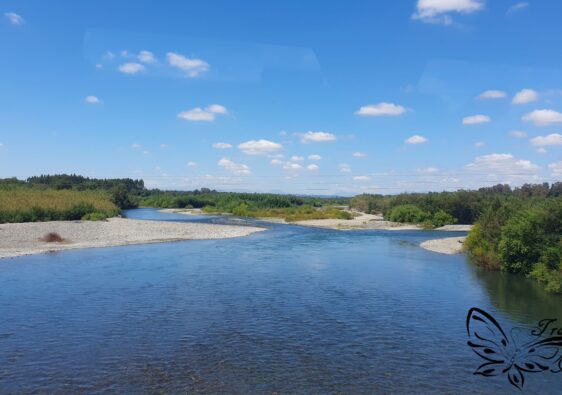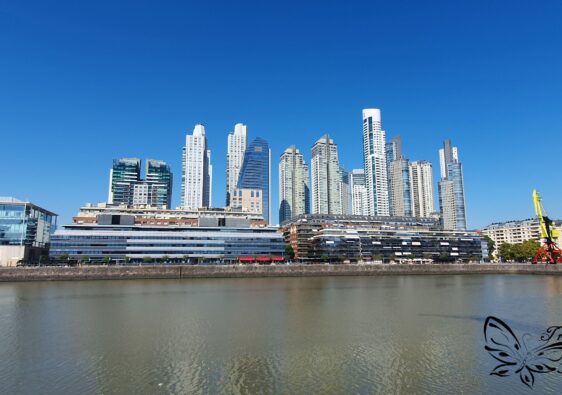La tierra tiene música para aquellos que escuchanThe earth has music for those who listen
William Shakespeare
The Amazon region
The Amazon is an extensive region of rainforest. To be more correct, Amazon is the name of the world’s largest or second-largest river (depends on way of measurement). If you compare with Wikipedia, the Amazon region seems to only cover Brazil, Ecuador, Colombia, and Peru. However, I have been told in Ecuador, that currently, the Amazon-region covers all regions that have rivers flowing into the Amazonas river at one point. I don’t know how they count the rivers, but supposedly the Amazon region then extends beyond the mentioned countries into Bolivia, Venezuela, Guyana, Suriname, and French-Guyana as well. This adds up to nine countries being part of the whole Amazon region.
Not everything within this region is rainforest, for sure. Unfortunately, many parts have already been destroyed in search for natural resources or in order to have space for farming. Especially in Brazil, it’s not only about the wood but also about space for growing soy, a cheap food for cattle, in order to be able to eat cheap meat. For sure, I do not support that our need for cheap meet beats the need for the forest, the lungs of our planet. Meaning – for me personally – I have drastically reduced my consumption of both meat and milk.
The Amazon in Ecuador
Visiting the Amazon from Brazil was too expensive at the time I was in the country due to holiday season. I didn’t want to just fly into and out of Iquitos, Peru, because I didn’t feel the cultural click with the people of Peru. Therefore, I ended up visiting the Amazon from Ecuador. This was actually one of my first ideas, even before starting this whole trip.
Known places to start your Amazon trip are Puyo (quite close to Baños), Tena, and El Coca. Puyo is not really a nice town, it looks a bit crappy. Its only advantage is its rather short distance bus-ride from Baños. However, a far better and more beautiful place to start into the Amazon is Tena. I stayed in Tena and really enjoyed the view, having the end of the Andes on one side and the merge into the rainforest continuing on the other side. People are really friendly and there are many small villages around Tena. Even though it’s further away from the popular town Baños, it’s much more beautiful.
At first, I thought about visiting the Amazon on a multiple-days tour from Tena since there are different lodges not far from Tena. However, the tours I found all included the “AmaZOOnico”, a zoo to see the many animals of the Amazon. However, I don’t need to see all animals, but I want to watch them in their natural habitat. Therefore, I considered the famous national park Yasuní, at the border to Brazil. Unfortunately, tours to this area (starting from El Coca) are super expensive. I got the hint of checking the Cuyabeno Wildlife Reserve since it is neighboring Yasuní and cheaper.
Together with Yasuní, Cuyabeno is one of the most biodiverse areas on our planet.
Cuyabeno Wildlife Reserve – 4 days/3 nights tour @ Tucan Lodge
Coming from Tena, I took buses to Lago Agrio (Nueva Loja) and stayed there for a night. This way, I could take the morning bus until the Cuyabeno Bridge, where the tour started. There is no town like Puyo or Tena which is famous for starting Cuyabeno tours. Many tours offer direct bus-transfers to Quito. Even though it’s quite far away, there is a rather direct road connection available. After the tour, I also took advantage of the transfer bus back to Quito. This way, I didn’t have to worry about changing buses in Lago Agrio and the taxi price from the bus terminal to my hostel.
I highly recommend the tour I did. I could have spent more time at the lodge, for sure. Nevertheless, the humidity was reasonably tiring as well. Any cloths I hung outside in the evening were super wet in the morning. Only after a couple of hours of sunshine (around midday), they were dry. After the trip, back in Quito, I had to empty my whole bag and had to hang everything to dry. Everything soaked up some water, no matter if I wore it or not.
The boat rides
From Cuyabeno Bridge, the tour started by jumping into a boat. We were a group of 9 people staying for 4 days, so we all were in the same boat with the same guide. Other people arriving on the same day but staying 3 versus 5 days were in the other boat with another guide. At first, I wasn’t sure whether Cuyabeno was a good choice, since the Cuyabeno river is rather small. I thought about the huge Amazon River or the other rivers starting from Tena or Coca, all bigger.
When we spotted the first little orange-pink snake after only a couple of minutes, I was really happy about the river being rather thin. This way, we were always very close to both sides, being able to spot far more animals. This is why I would pick a rather thin river again, if I visit the Amazon another time.
Any of the many boat rides (we always had to use a boat to get to other places) was both relaxing and interesting. Spotting wildlife was fun, both during day- and nighttime. At first, we all didn’t know what to search for, so we needed our guide and even the captain to spot the animals for us. After a while, we learned how big the monkeys are, which sounds the birds make or how a caiman looks like. This way, we were able to also look around. For some parts, I looked around, searching for wildlife. For others, I just sat in the boat and ingested the amazing atmosphere and the moment, being in the Amazon.
Tucan Lodge
I stayed at the Tucan Lodge, at that time the only Lodge within the Cuyabeno which belongs to local people. Any of the other lodges belong to Spanish, German, French, English… people who employ local people. However, this way, you never really know how much of the money really reaches the local villages and families. I was happy I picked Tucan Lodge, even though I didn’t know this detail before.
Moreover, Tucan Lodge is rather new (built in 2019, so it hasn’t been used too much due to Corona). While other Lodges that we passed on the boat looked either quite aged or didn’t really fit into the landscape by having multiple-level buildings, Tucan was different. It consisted of a nice ramp with stairs to reach the lodge which was covered by another level, the space for many hammocks. These were used really well during breaks. Not only because they were super comfy and the view on the river and forest was great, but also because every little piece of air-movement was much appreciated. Staying in bed during siesta would be equivalent to sweating a lot.
When entering, there was a space with rubber boots on the right and the big dining area on the left. Passing the dining area, there was a garden on the right with many small one-level buildings surrounding it. These buildings offered both dorm and private rooms, and all had an individual bathroom. There were even some extra bathrooms as you might have to escape from certain animals before they are removed by staff or just need one while yours is occupied. All beds had mosquito nets (necessary!) and the rooms had some walls just covered by another mosquito net. This way, air movement was possible (also necessary with respect to the humidity).
Spotting Animals
From the boat
The boat ride from Cuyabeno bridge until Tucan Lodge took us more than three hours. This was because our guide tried to spot many animals. Often, it was difficult to take pictures since the animals were moving, and I didn’t bring one of the expensive (and for this trip too) heavy super-zoom lenses. Nevertheless, our guide took some videos explaining the names so that we can keep the information. He sent the videos after the tour. The guide of the other boat had a zoom lens and also sent us some of the pictures he took. I upload a few of those pictures, you recognize them by the missing label “Traveling with Handicap”.
We spotted many birds, different monkeys, sloths, caimans, and snakes. The monkeys living in South America are adapted to the landscape they are living in and much smaller than the monkeys living in, e.g., Asia. The snakes we saw looked much smaller than snakes I have seen in Australia (also in the wild). However, they are not necessarily less dangerous. Among the birds, we also spotted Tucans, my favorites of all the different birds we saw.
We not only sat in the boat, relaxing and enjoying the view. One time, we also did a kayak tour. Paddling upstream was really tough. However, gliding downstream without any actions apart from adjusting direction was super nice. Moreover, we visited the Laguna Grande twice for sunset. Both times, we could swim in the lake, as caimans only hang out close to the shores and not in the deeper center. What a both refreshing and amazing experience, swimming in a lake in the Amazon during sunset!
Hiking during daytime
From our Lodge, we did not only explore the Amazon from the boat but also on foot. For the hike, we all got equipped with rubber boots for the mud. I visited the Amazon during “dry” season, so there was “only” mud. If you visit Cuyabeno during wet season, there might not only be mud but the water level might reach not only your knees but even your hips while walking.
The guide asked me to always be the first of the group after him. This way, he could always lend me a hand whenever the mud was too deep or a root too high for me to handle. Moreover, he adjusted to my walking speed this way, so I couldn’t get lost at the end of the group. Honestly, I was super impressed how my guide treated and helped me.
During the hike, I realized how thick the trees are, how little sunlight actually reaches the bottom. It was darker than I expected. While walking, we learned about different types of plants and how the animals use them. Some animals behave as parasites, whereas others use plants to feed other animals in order to get something back (bidirectional). Also, we passed one of the tallest trees and many lianas. While walking, we had to be careful with respect to the many ants. One type of ant is really painful since their bite has a neurological effect (pain) for 24 hours.
Hiking during nighttime
While the focus was on plants and ants during the day-hike, we spotted many spiders and snakes during our night-hikes. Actually, even some of the most poisonous spiders and snakes. One time, we even had to turn around and pick a different way because there was a snake that could kill 3 people with the venom of one bite. Thus, instead, we passed the little marker of “mitad del mundo”, the location of the equator passing through the area.
When we took the boat back from one of the two night hikes, we searched for caimans in the river and spotted two. Our guide explained that caimans are more active and easier to spot after dawn, since they – similar to many other animals – avoid the hot afternoon hours.
Visiting a local village
Another activity was the visit of a local village, reachable by boat. It was the family of one of our crew members. We spent approximately half a day there. The first activity was seeing the local Shaman. This person is the medical head of the village but only if consulted. Otherwise, he has his own family and farm to take care of to have food to eat. We haven’t met a witch as there are not many. A witch is a level above the Shaman in terms of knowledge and wisdom. I appreciated that the Shaman helps where natural medicine helps. For any serious cases like broken bones, he recommends the hospital of the next town.
After seeing the Shaman, we went to a woman’s house and helped to prepare Yuca-bread. I like Yuca as part of the Tapioca (Brazilian kitchen). However, just as bread, it was quite dry without really any taste. As we later also got the Fish and/or Vegetables, combining them with Yuca bread was better and more filling.
Chocolate, Coffee, and our food
While staying at Tucan lodge, we got excellent local food. We could even ask for additional food if still hungry. Quite often, we weren’t too hungry anymore, but the food was just too good, so we asked for more. All the food we got was either harvested directly in the local villages within Cuyabeno or bought from the next village at the border of Cuyabeno. Moreover, there was no meat for dinner, since we have been told that in order to sleep well, the body needs to get only food which is easily digestible.
Whenever we came back from a boat ride, we were welcomed with juice (of course without additional sugar). We got soup, main, and dessert for lunch and dinner. The kitchen staff took great care about any dietary requirements, even beyond vegetarian/vegan, e.g., gluten, lactose etc.
In one activity, we prepared our own chocolate and coffee. Some chocolate and coffee immediately went into our cups and mouth. The remaining part was prepared as a chocolate dip for the upcoming breakfast and a chocolate-coffee-cake for dessert (dinner). Really sustainable! I have to admit though that I liked to eat pure chocolate, which has a completely different taste than what you buy as “chocolate” in the supermarket (which is basically only sugar). The best taste was the mix of chocolate with some pure sugar (sugar cane) and orange juice. I didn’t like the hot chocolate (pure chocolate within hot water) though.
Summary
All the food and drinks were really great. Harvested locally, without any fertilizers or other non-healthy ingredients. We spotted many more animals than I expected. Also, it was much more humid and darker (while walking) than I expected before. I was with a great group of people who all appreciated the tour, the stay, the people, and nature. I was super impressed by and happy with the help and support I got from the guide and also other staff.
Visiting the Amazon is a life-changing experience. Moreover, the group of people you are with makes a big difference. If there are people who rant around regarding wearing long pants and rubber boots during the hikes, you know that these people care much more about their photos on social media than about the true experience. Another group (starting another day) consisted of people of that type, so I was even happier about my group.
